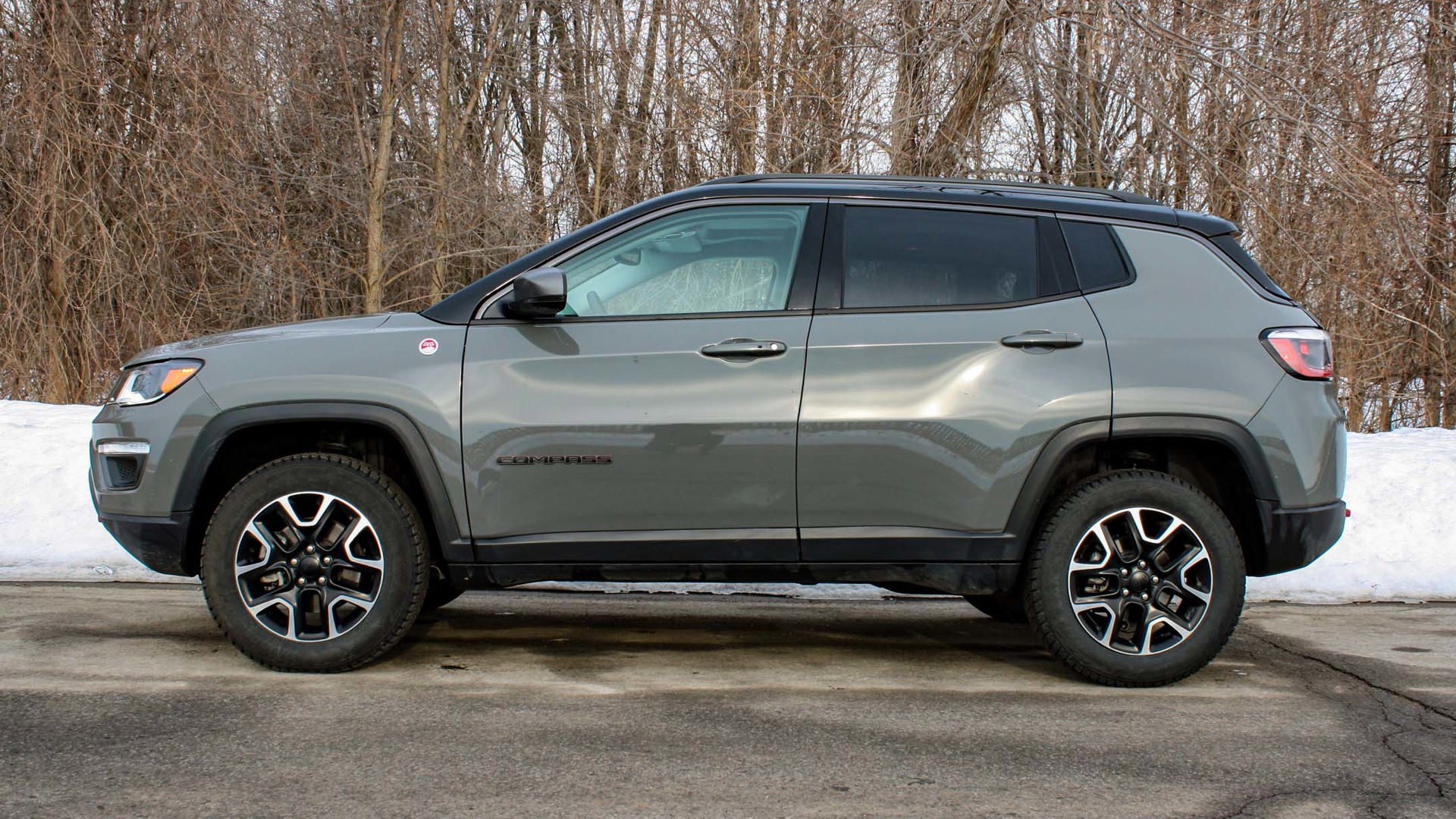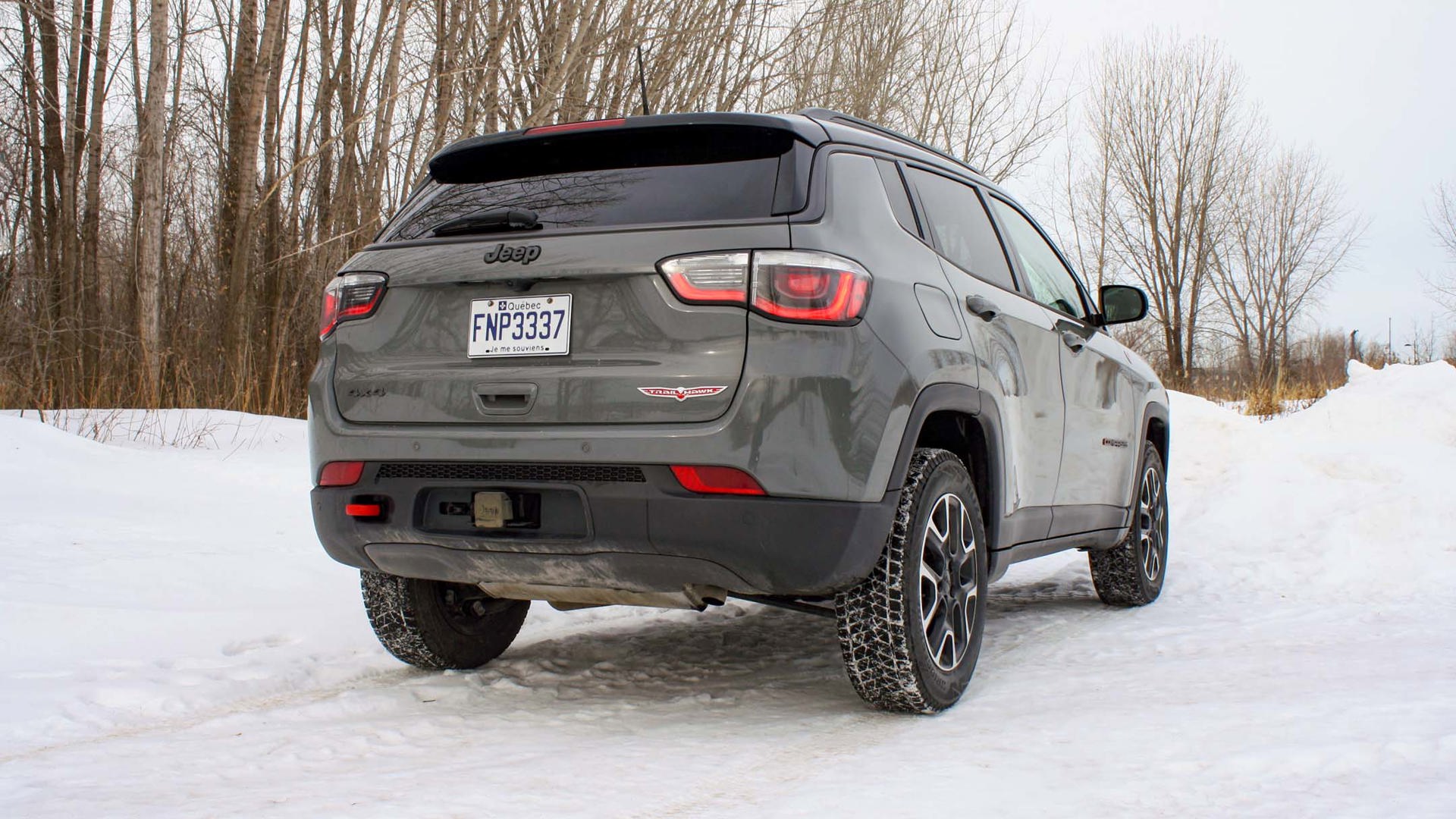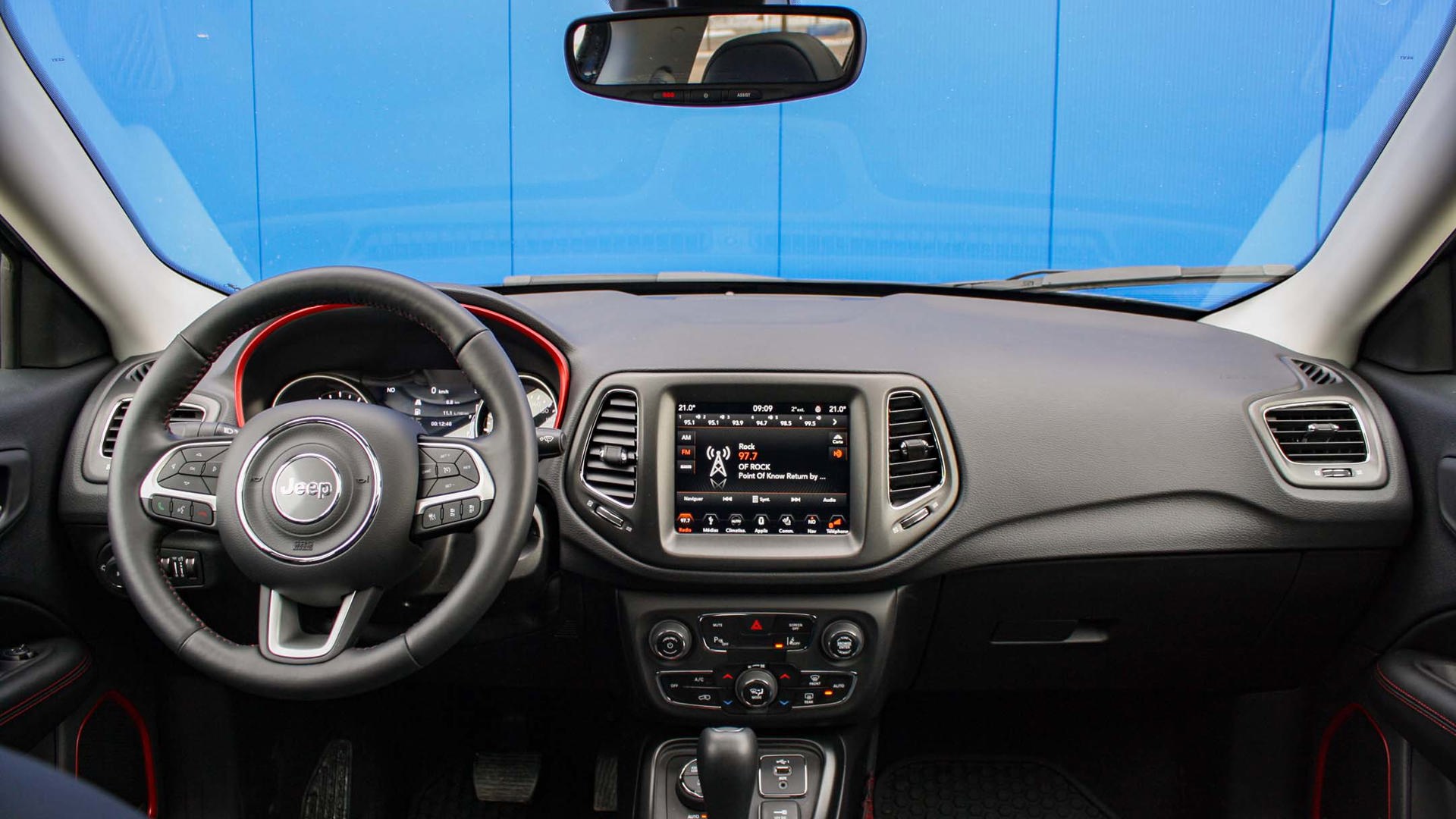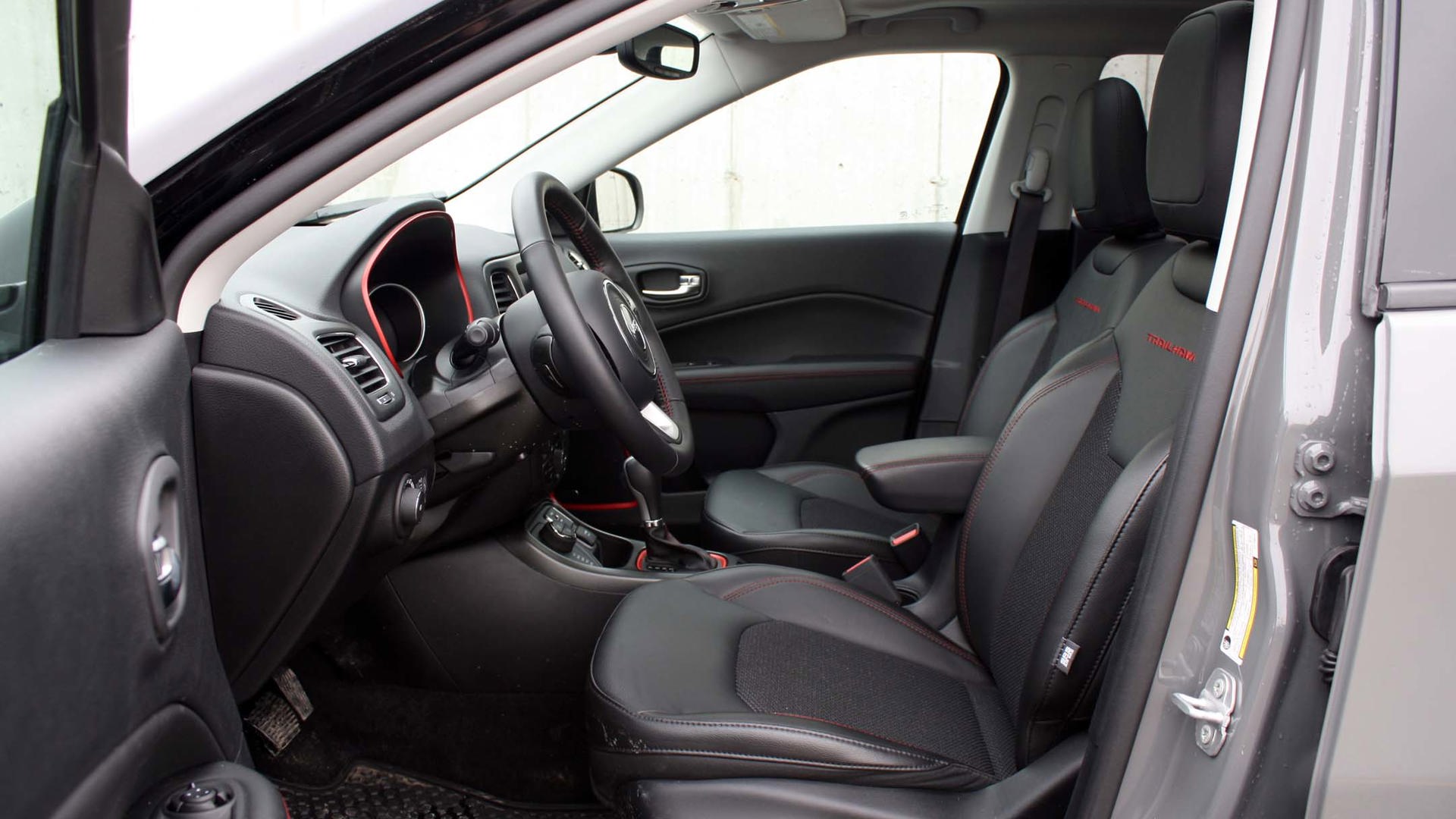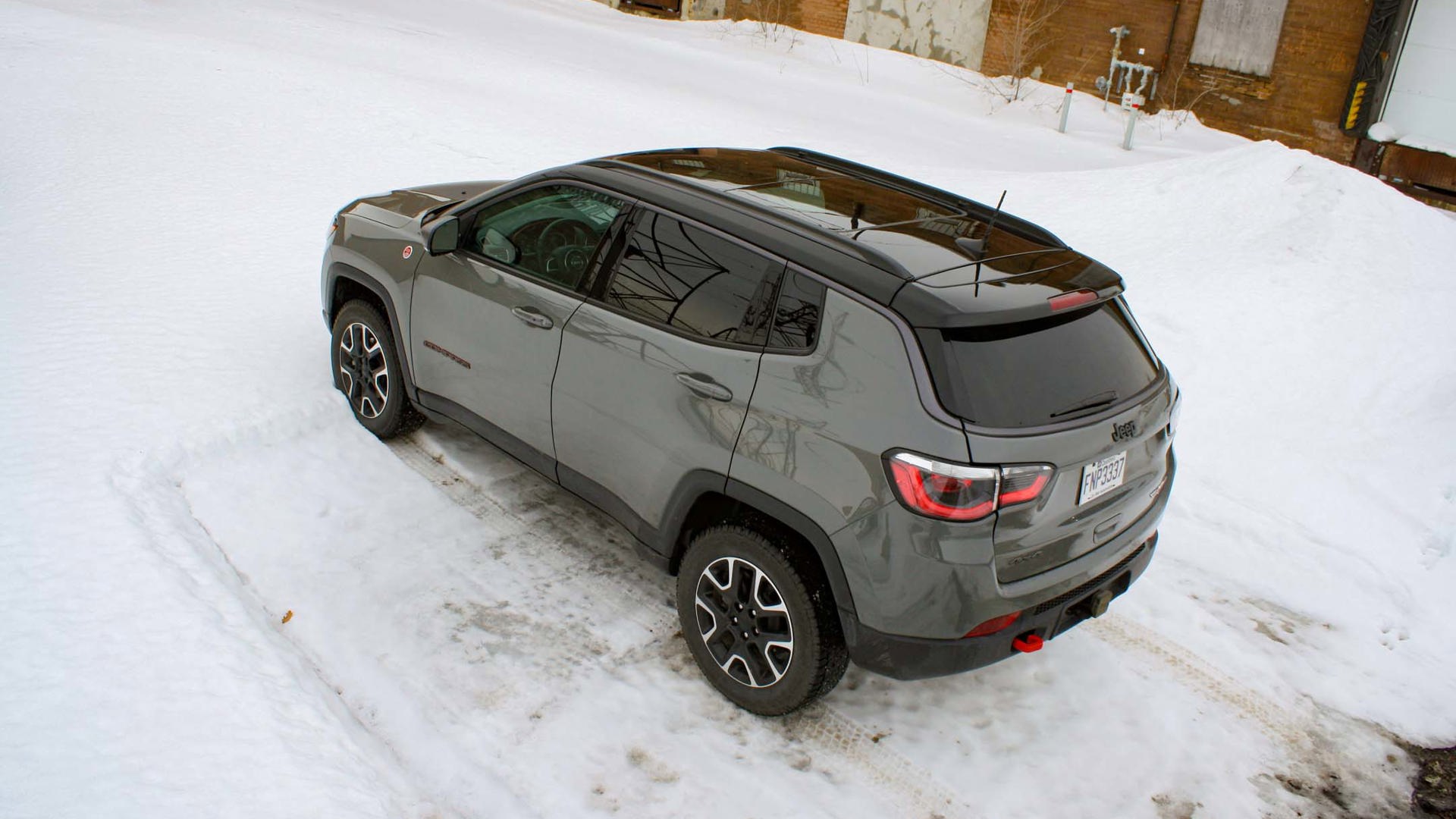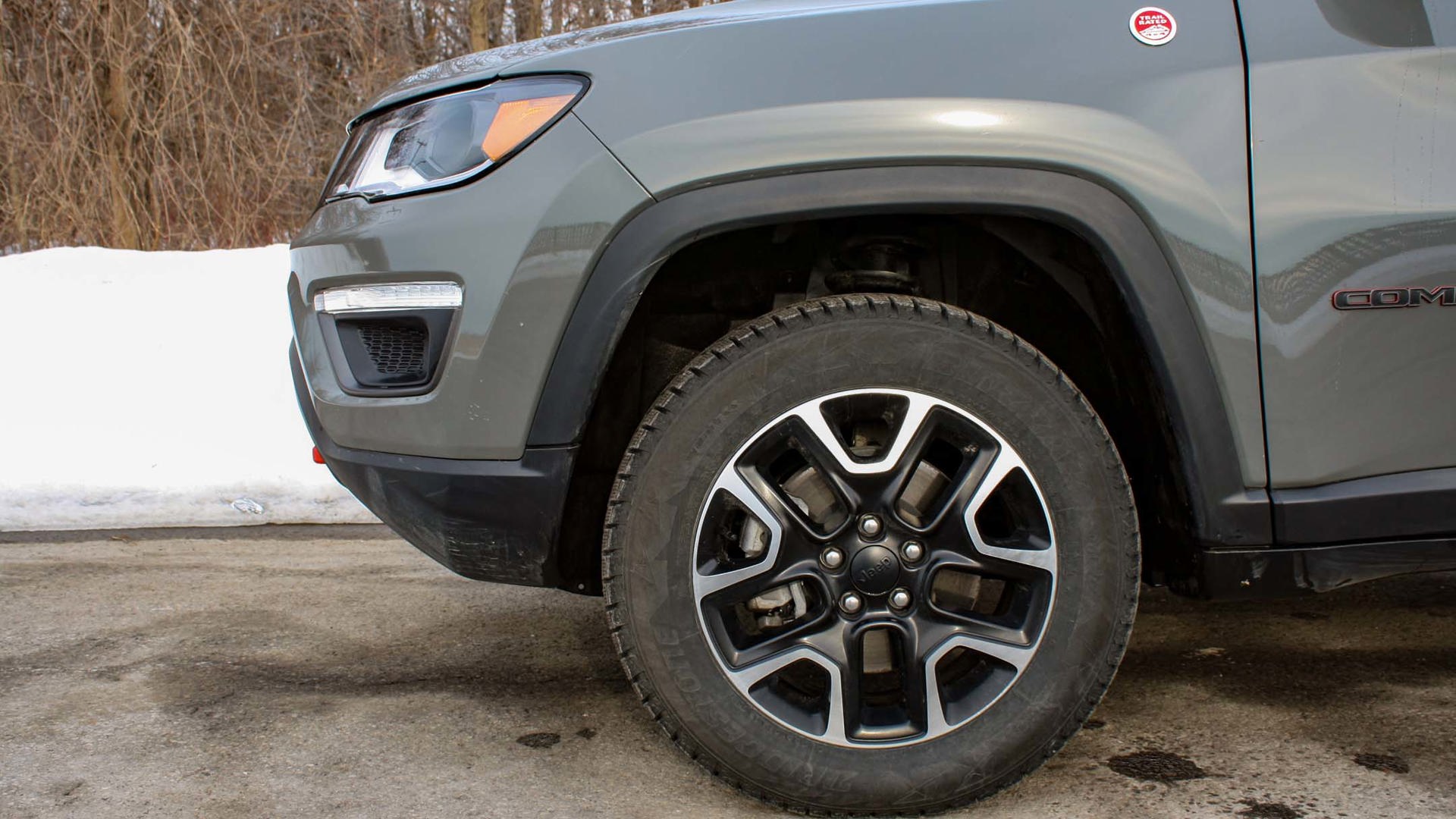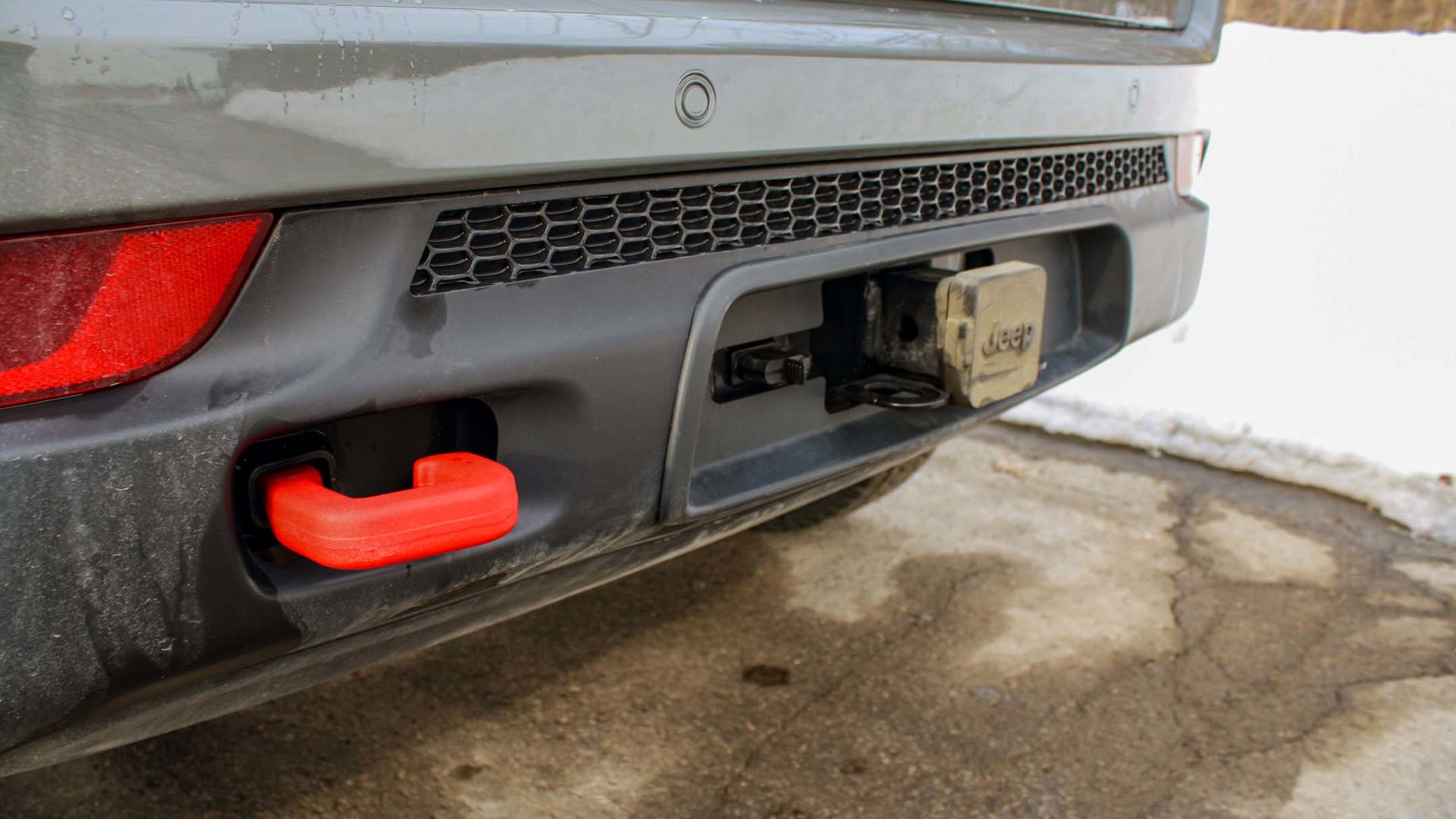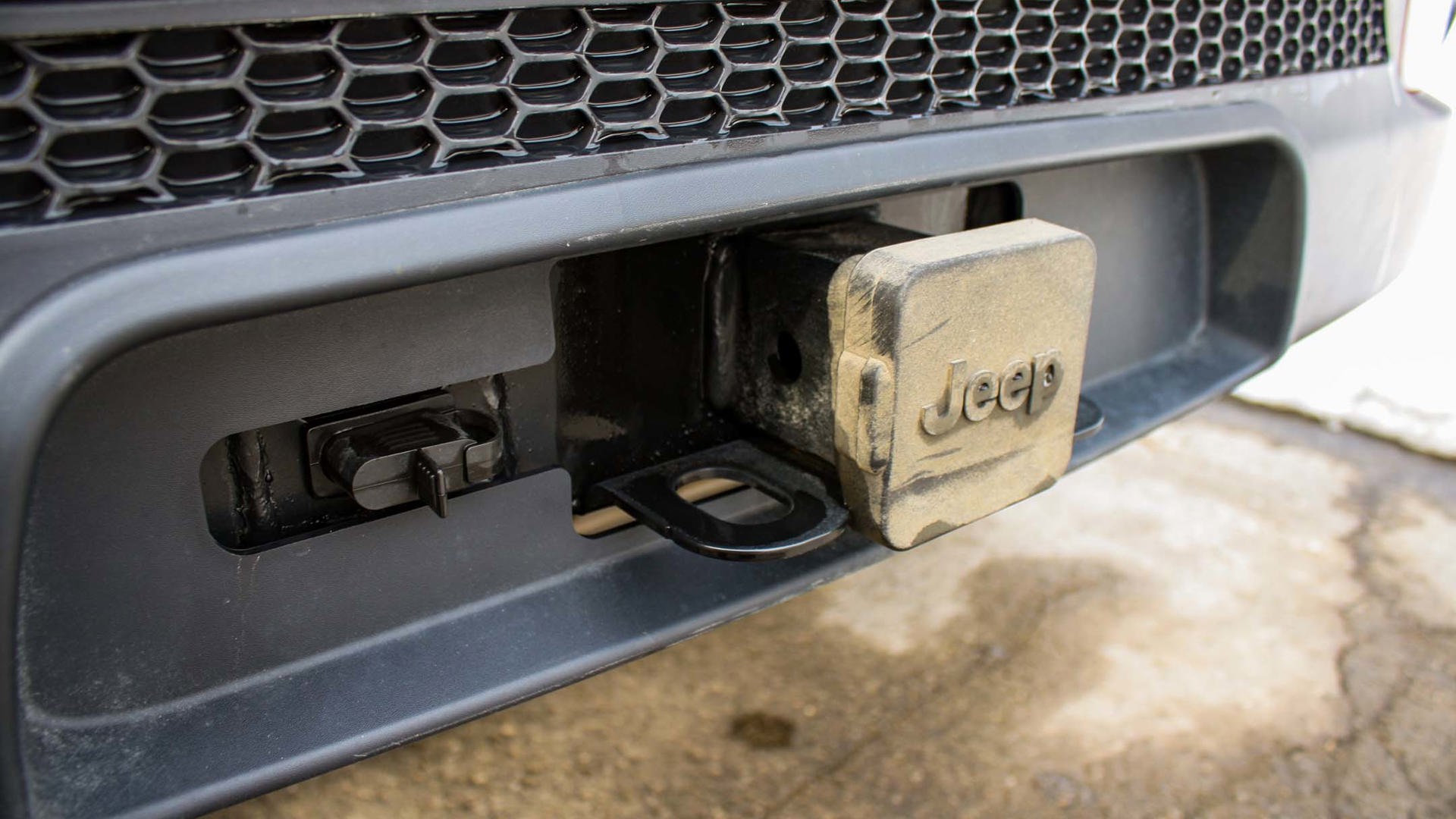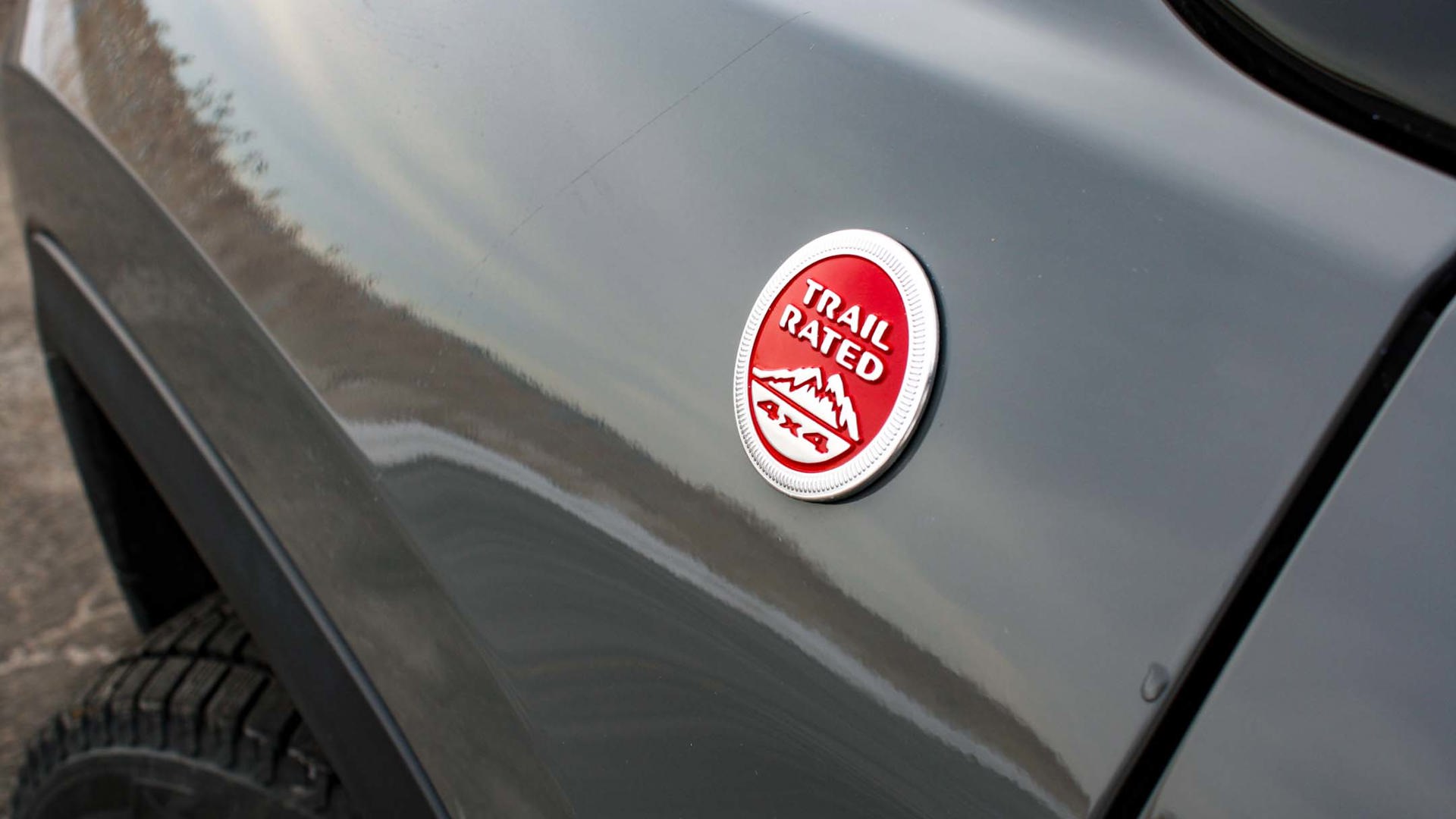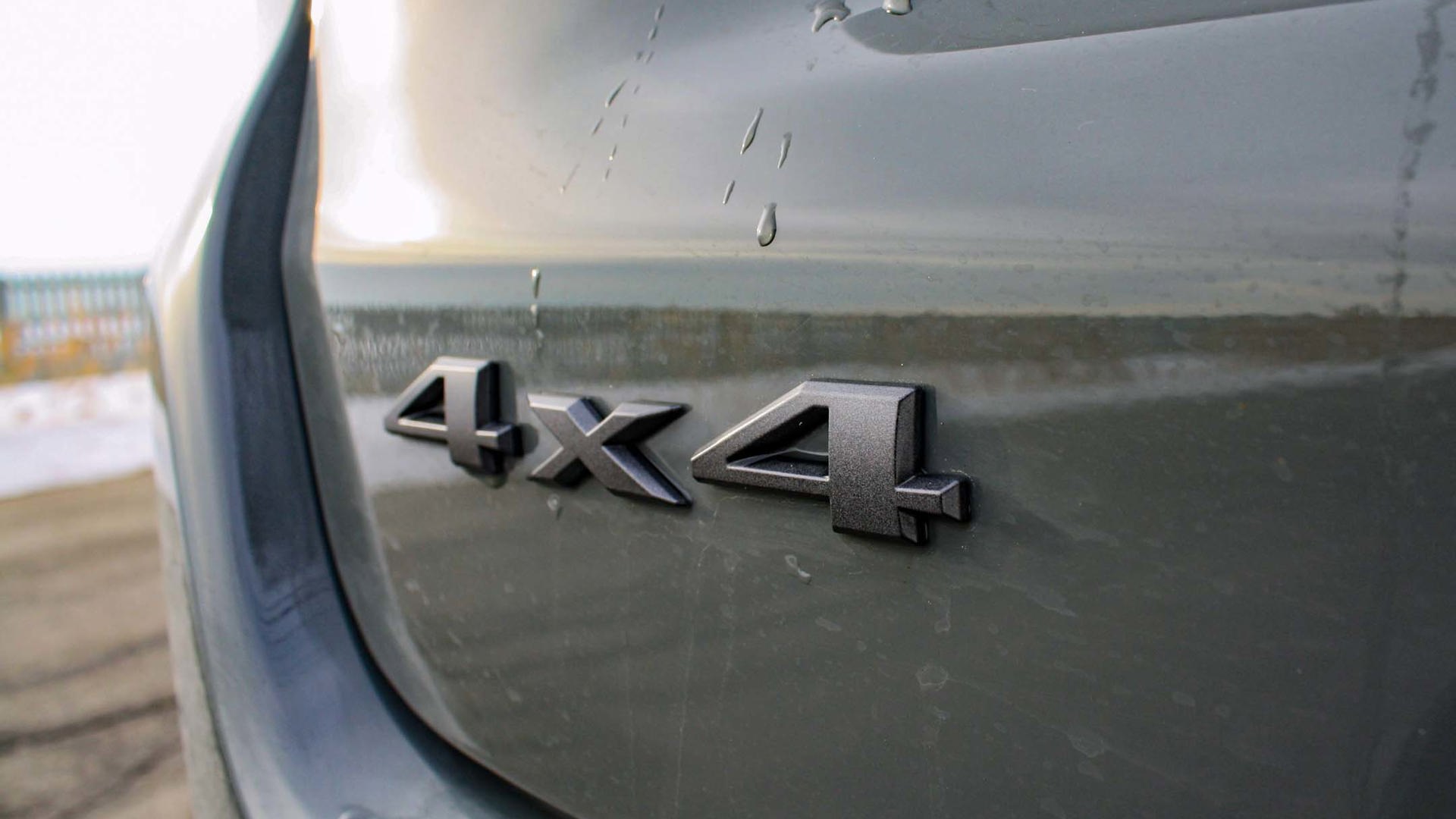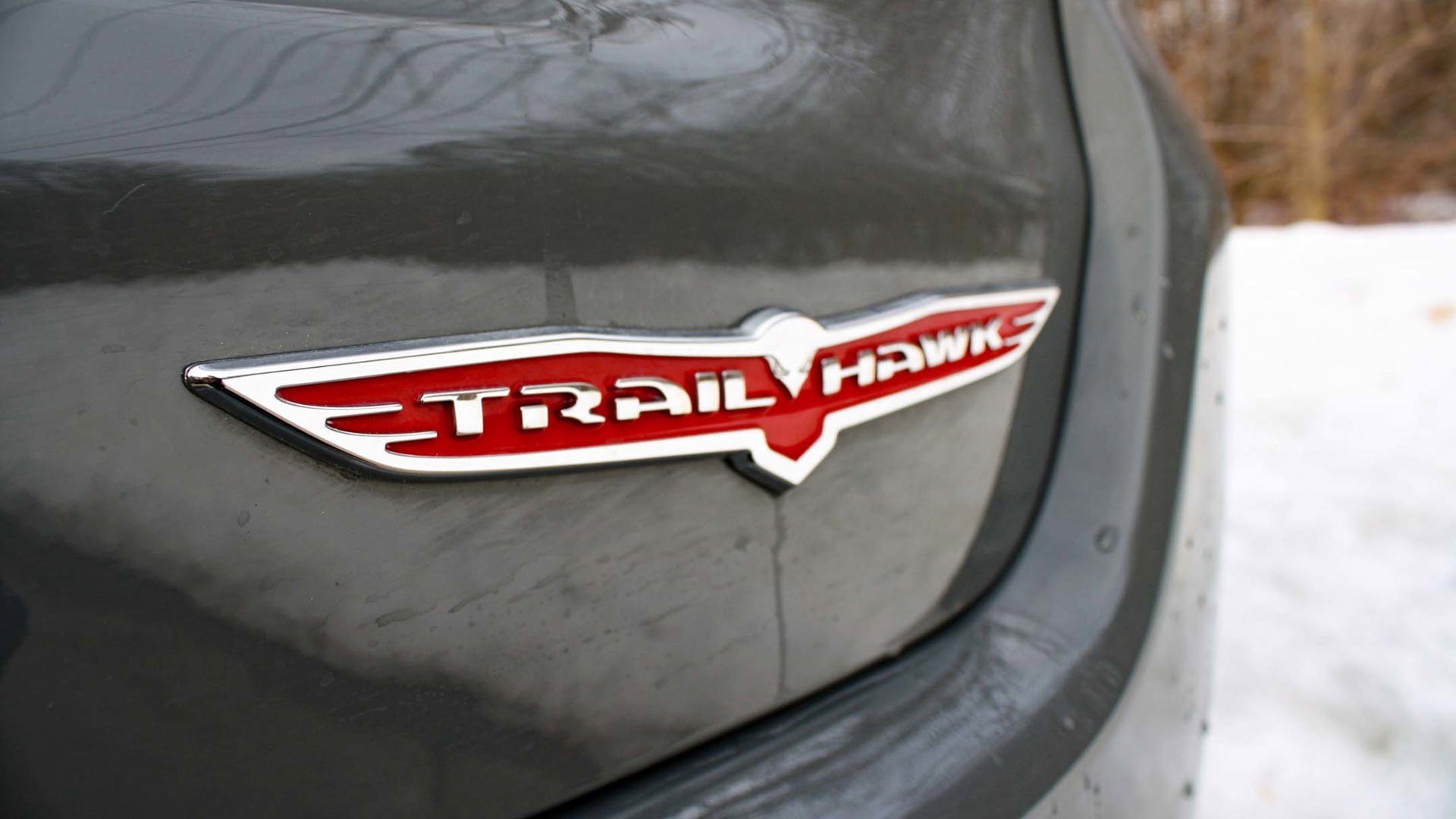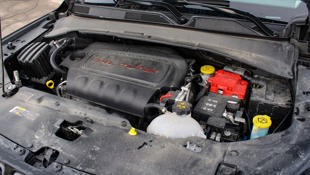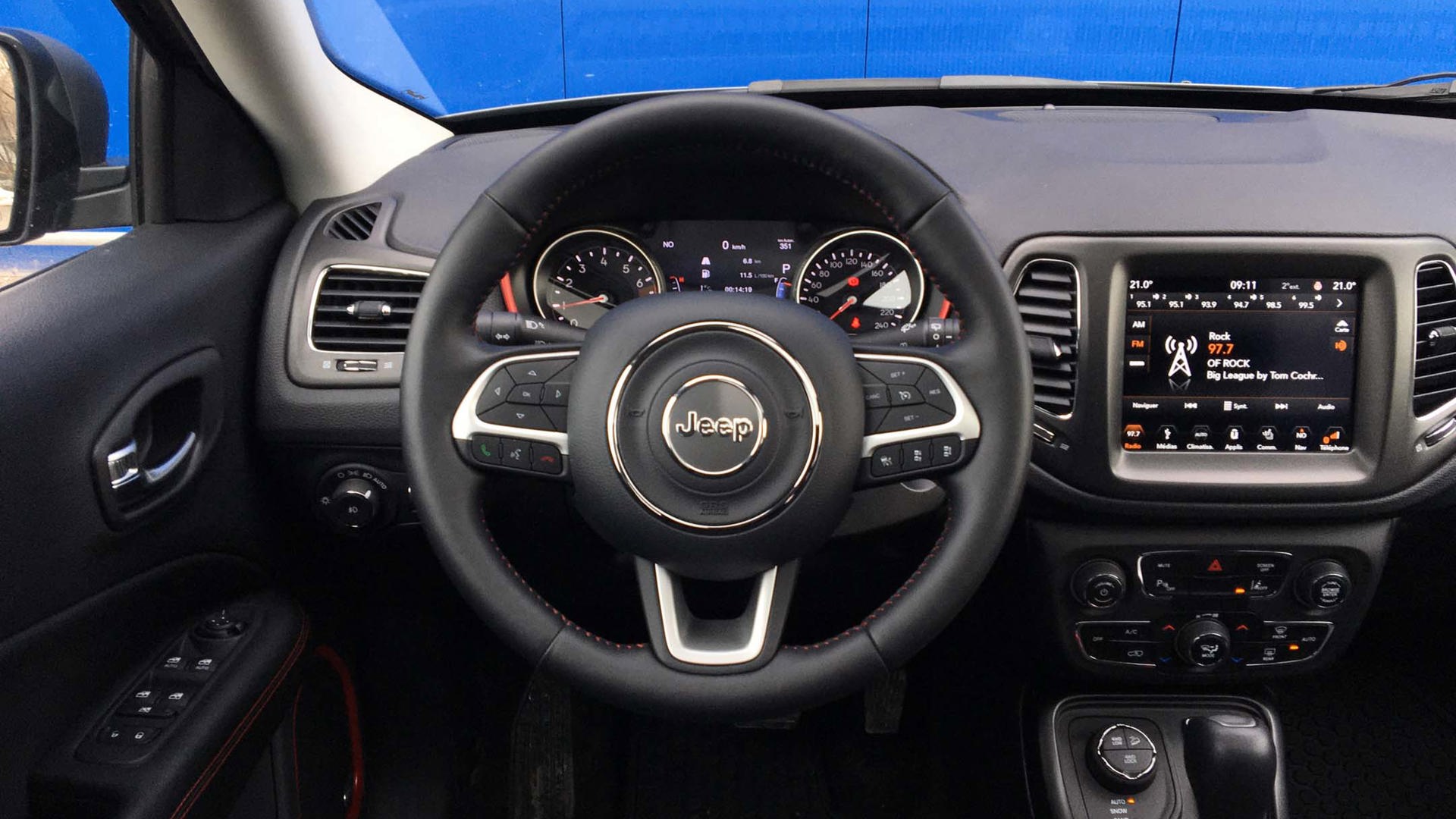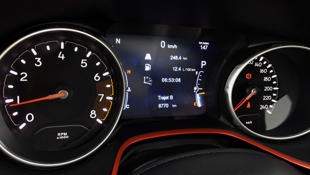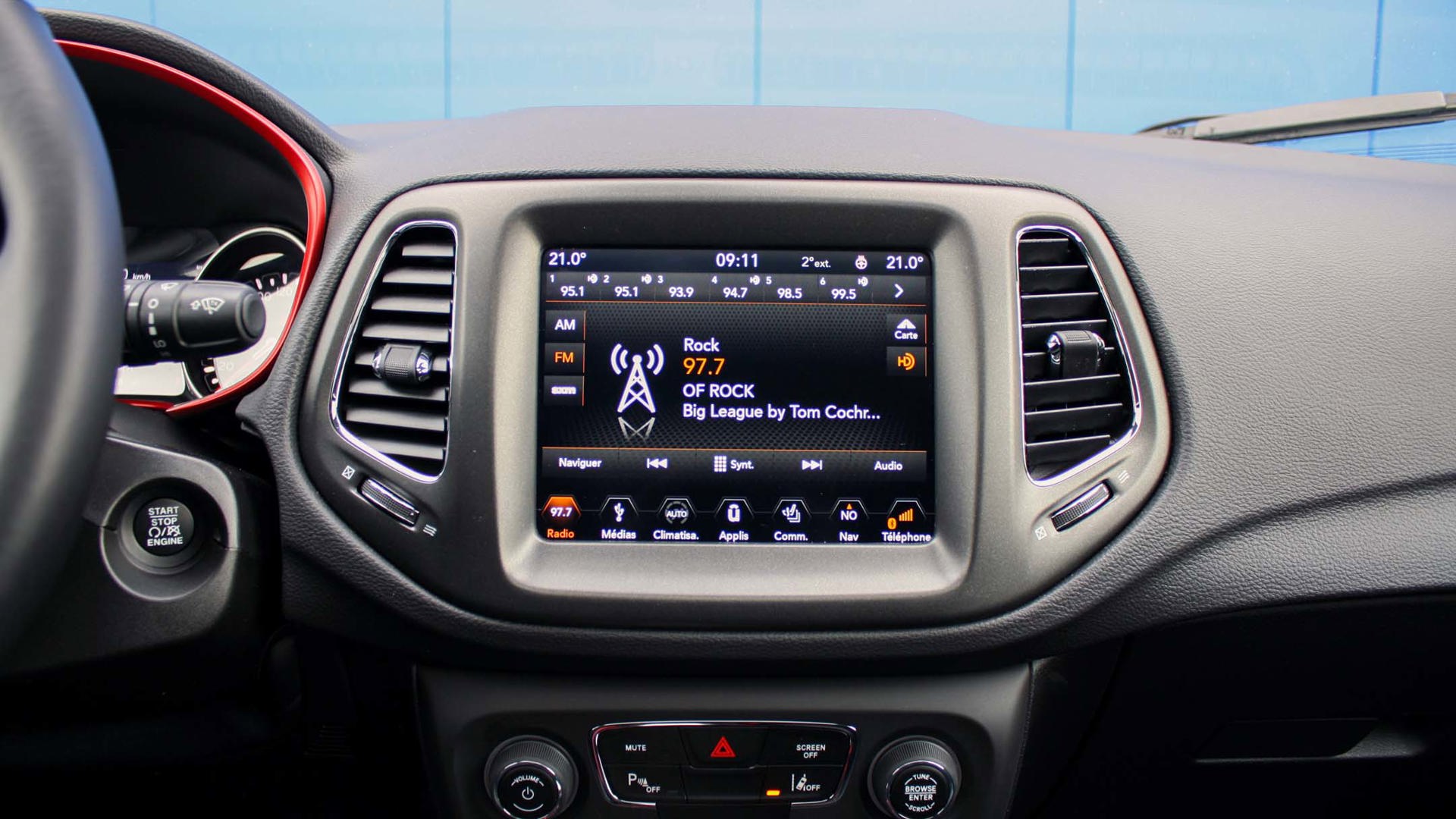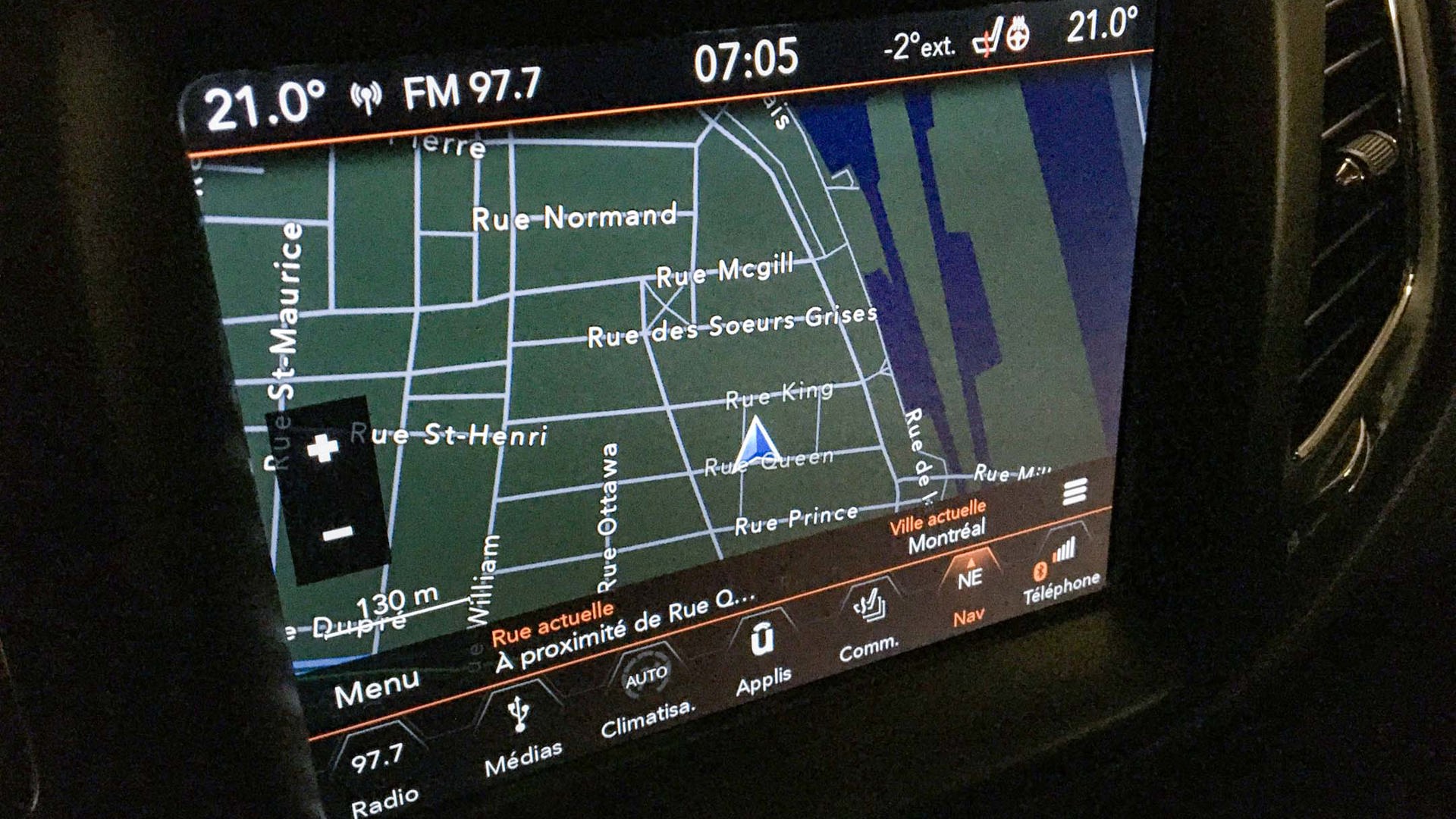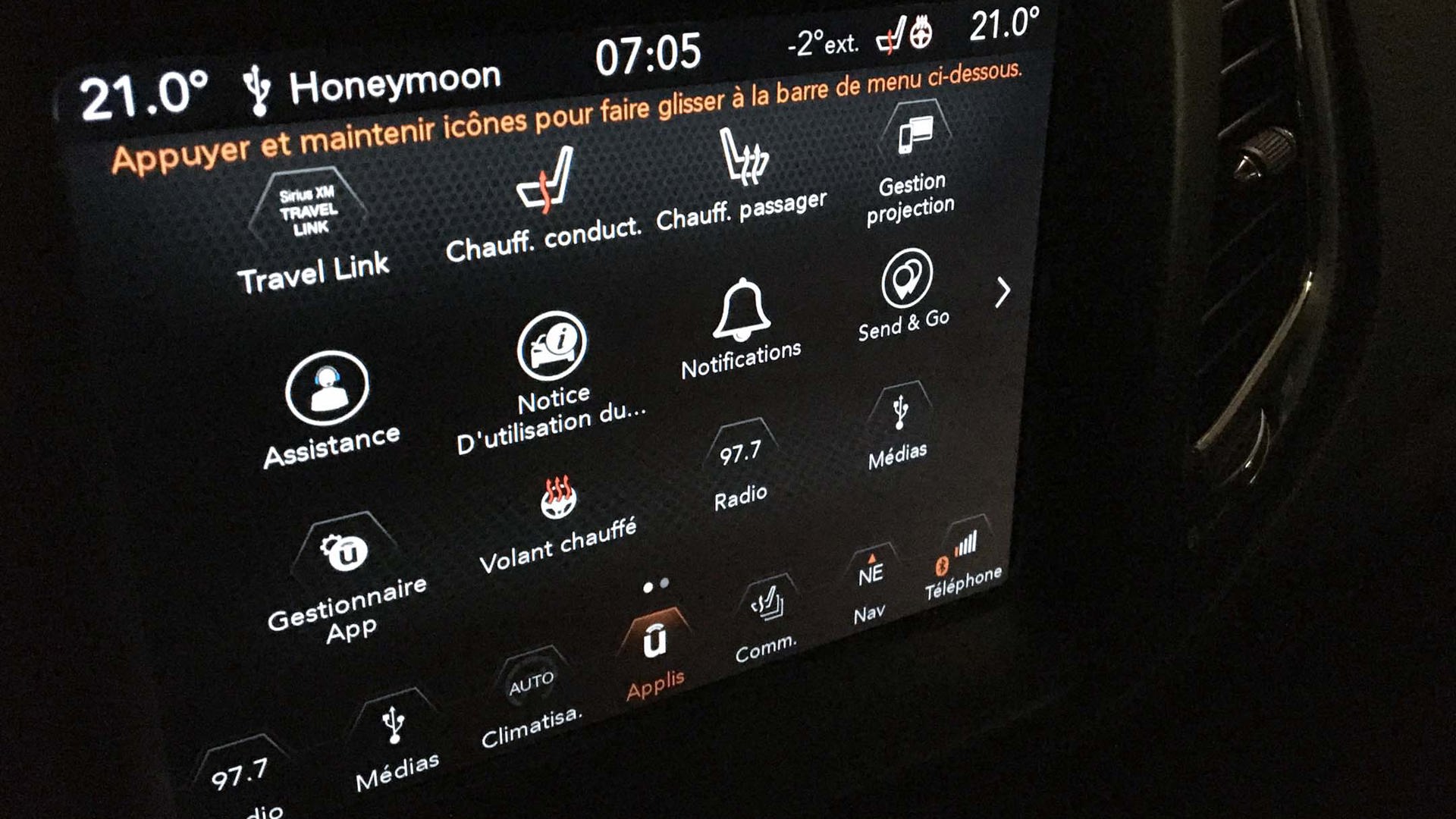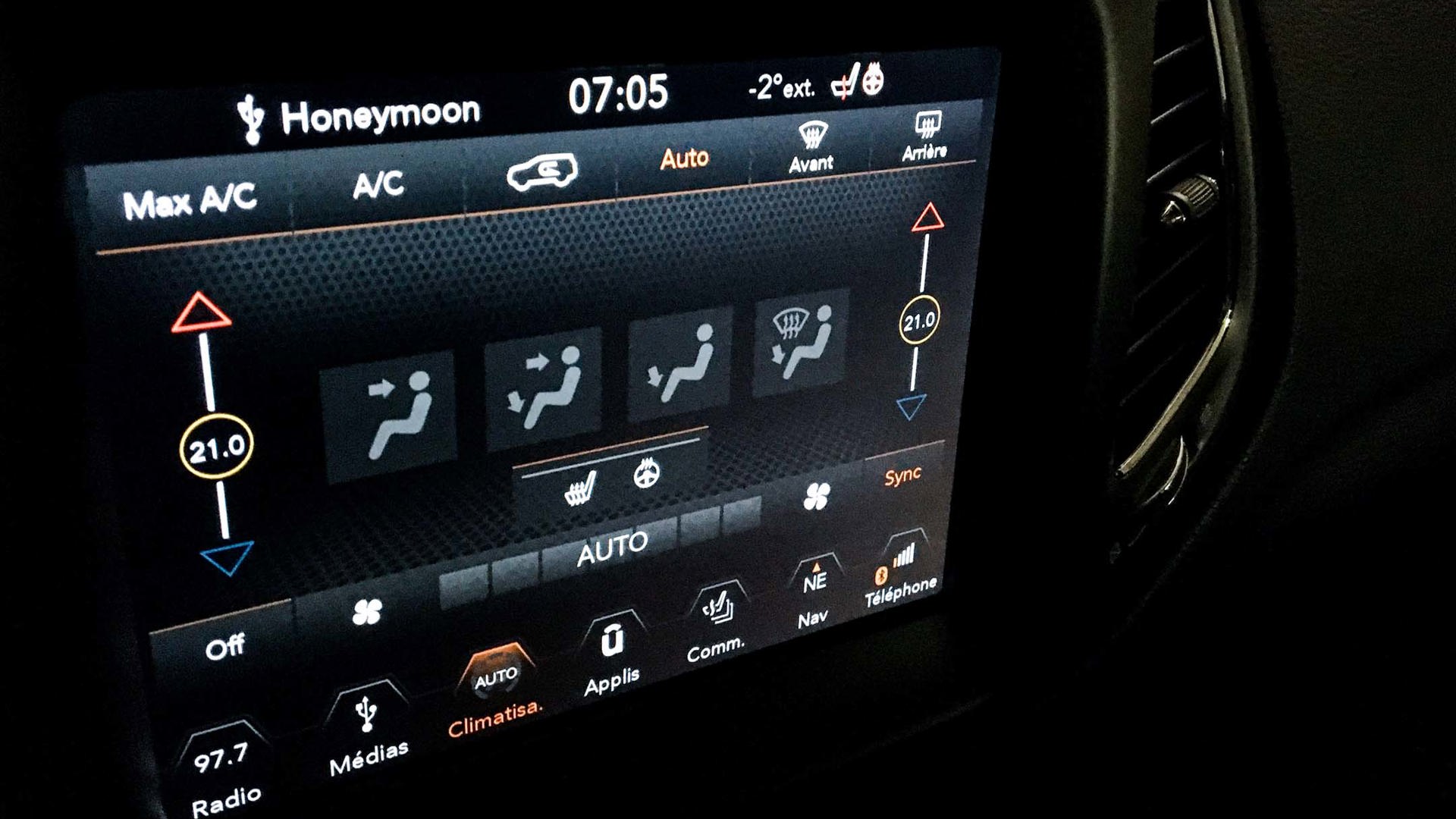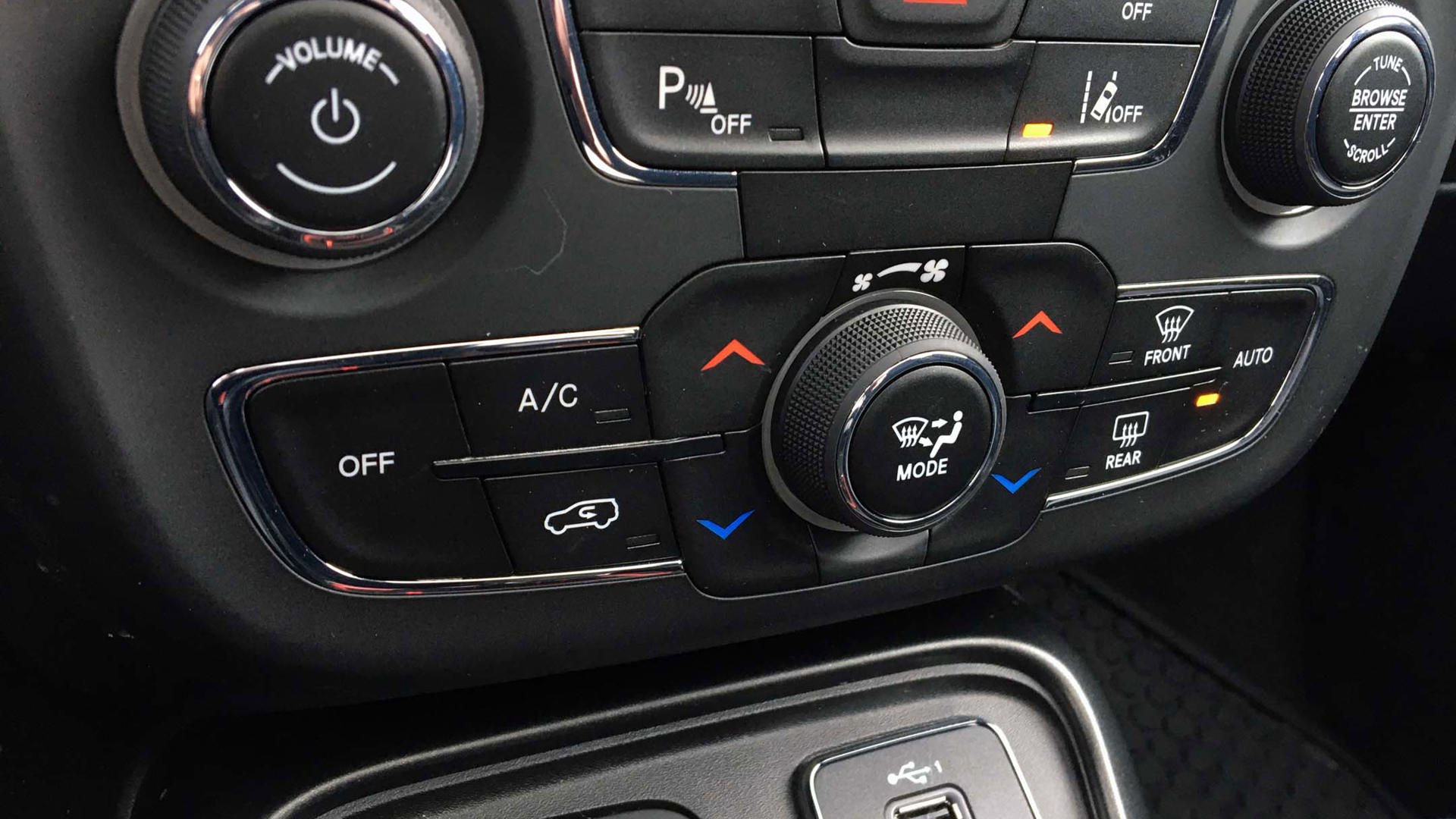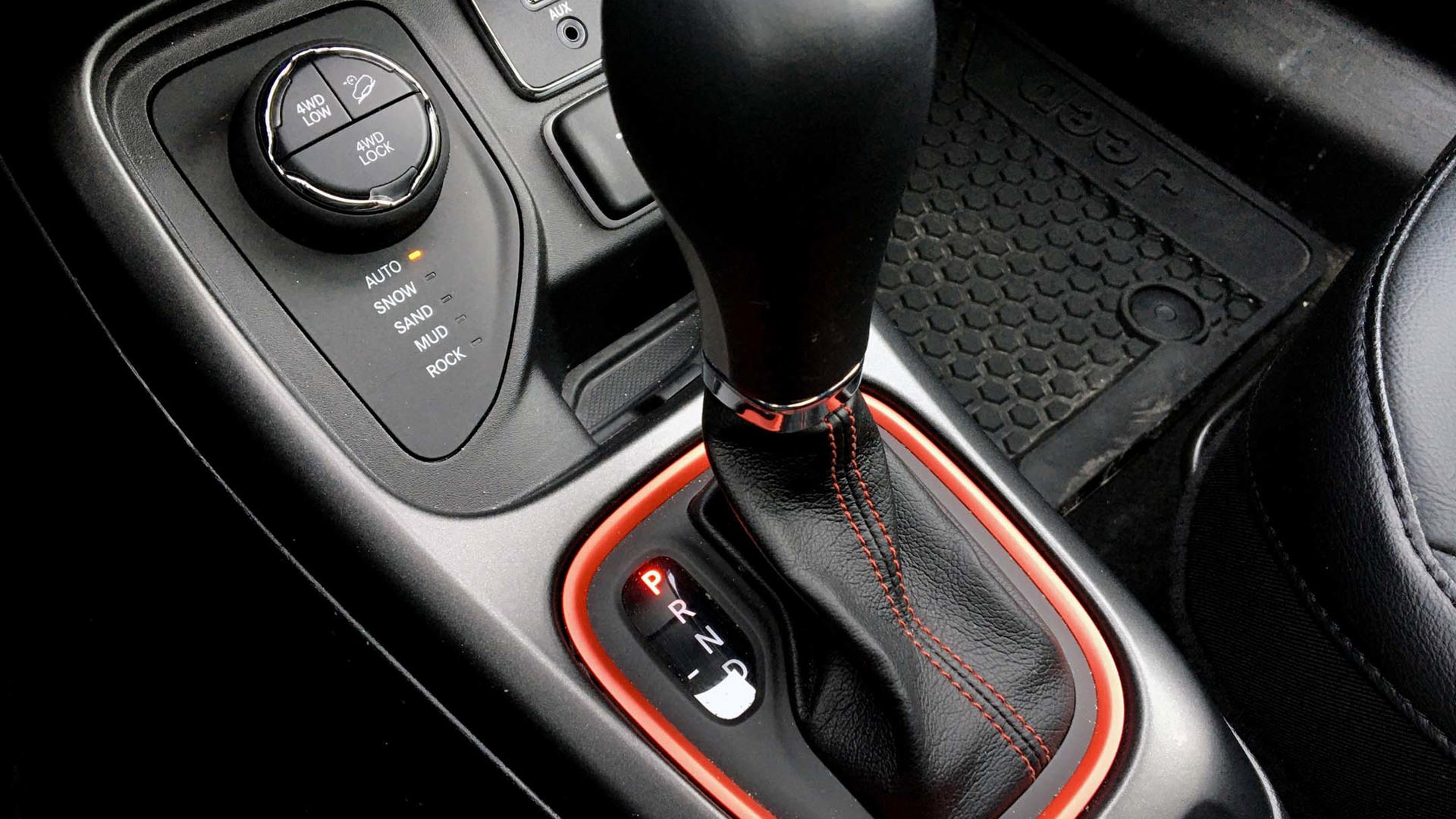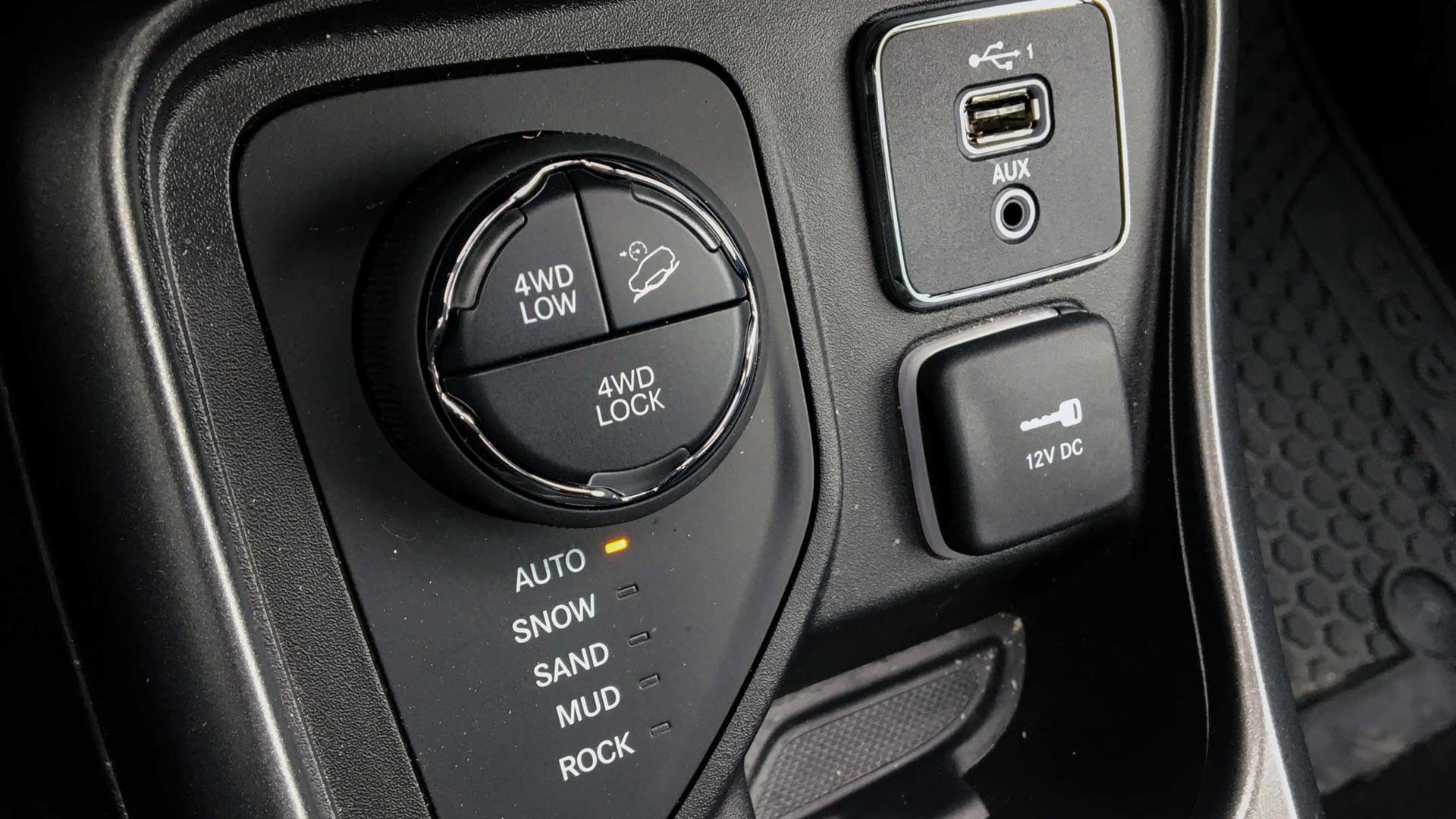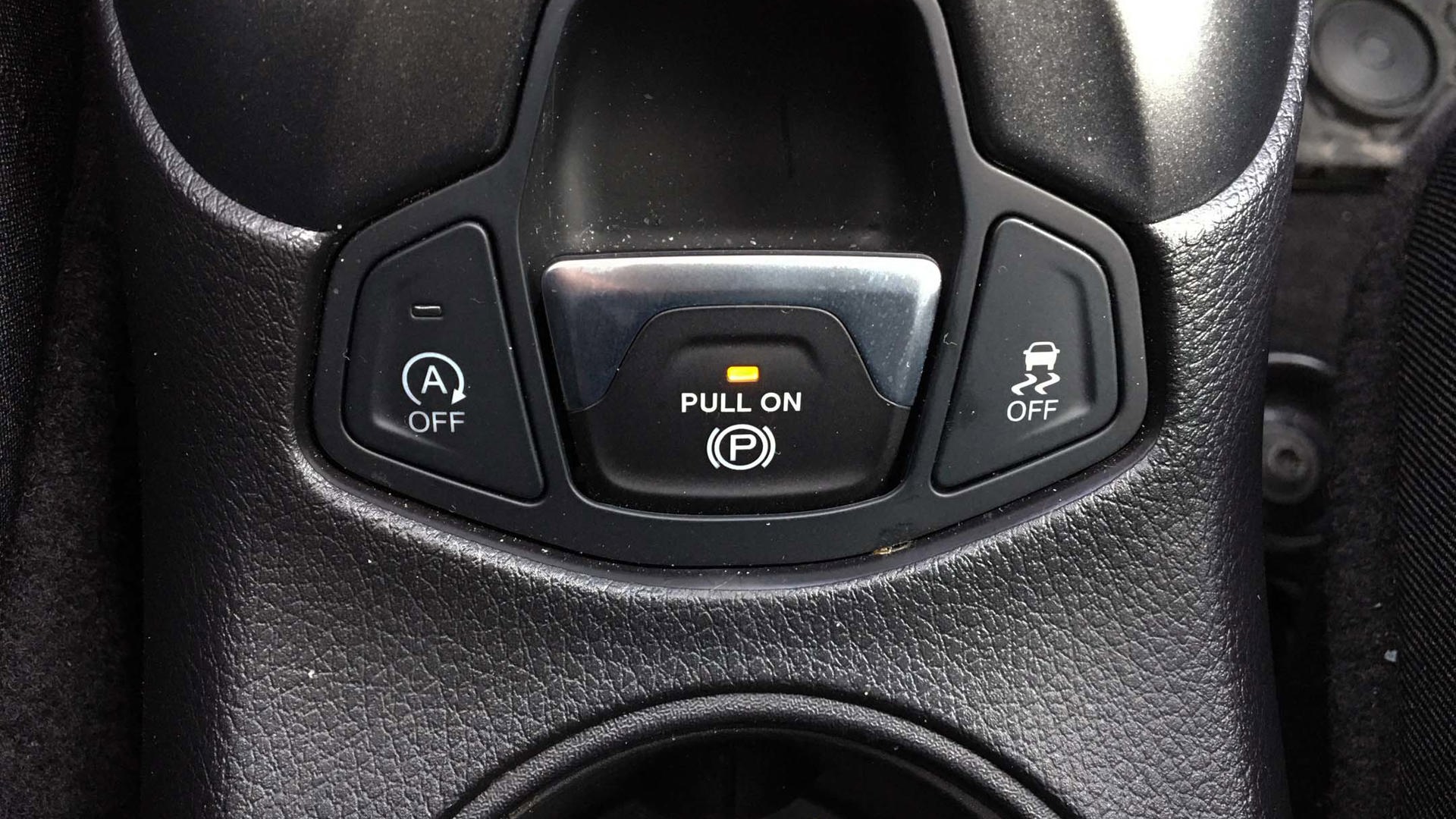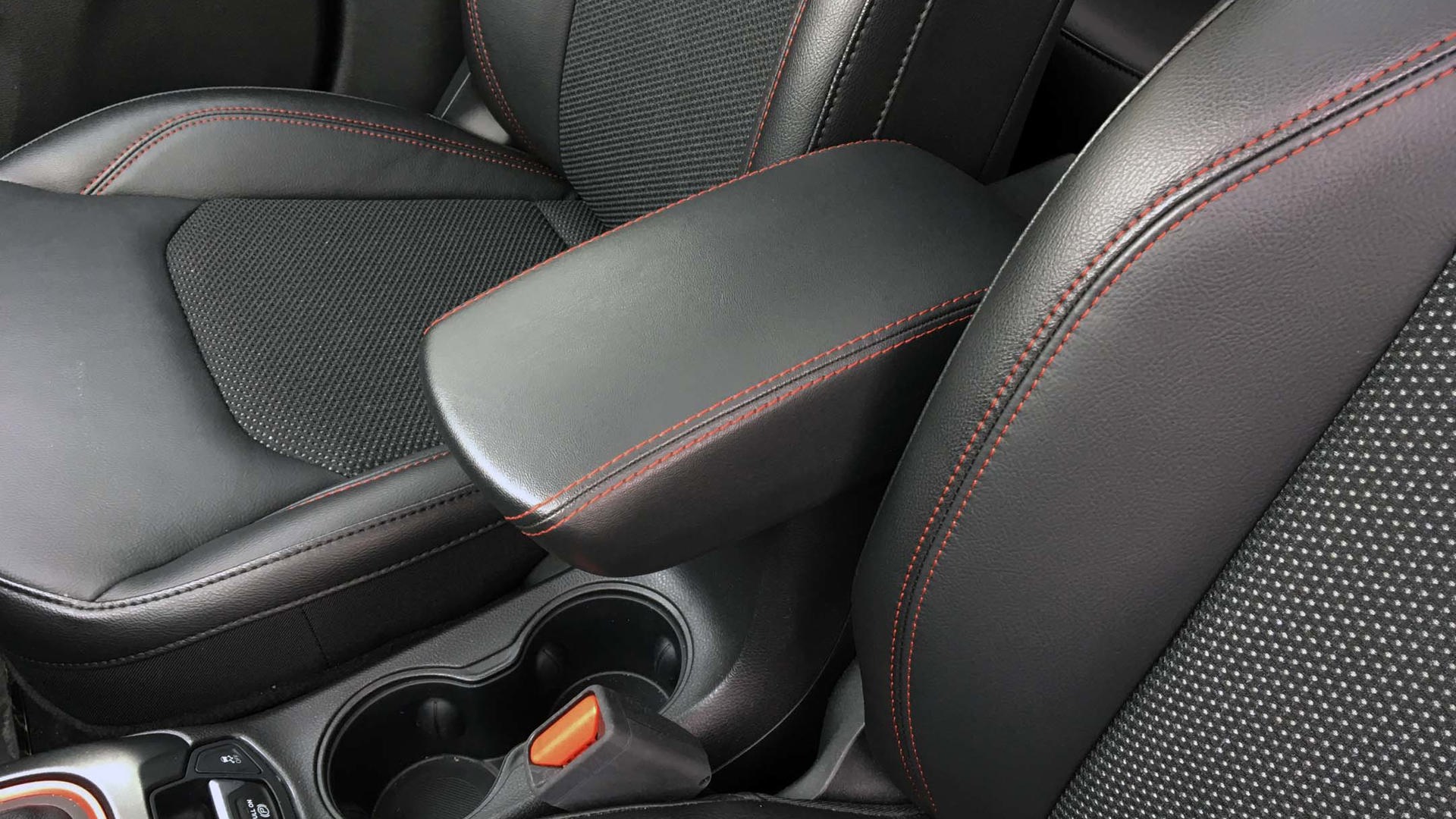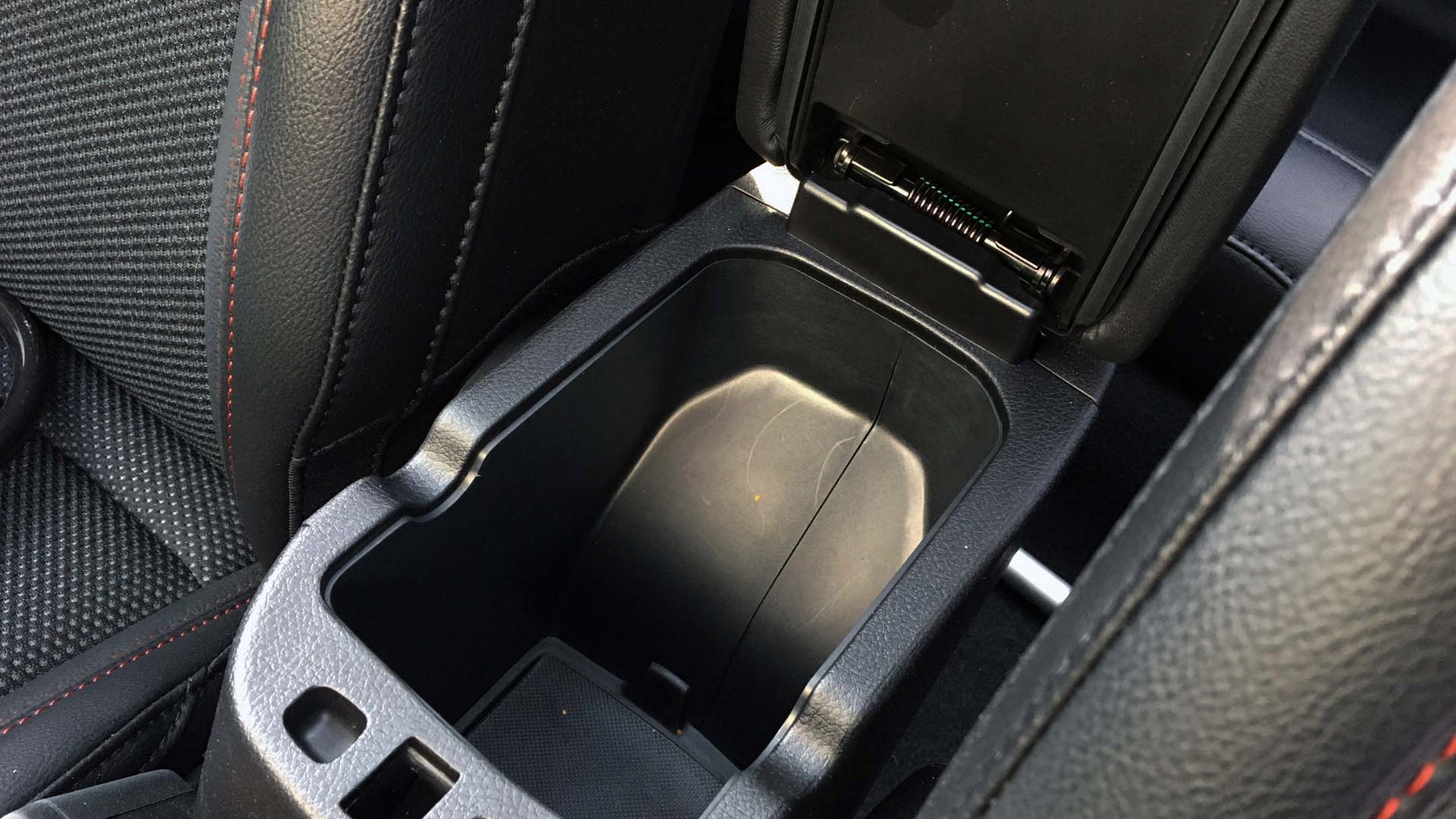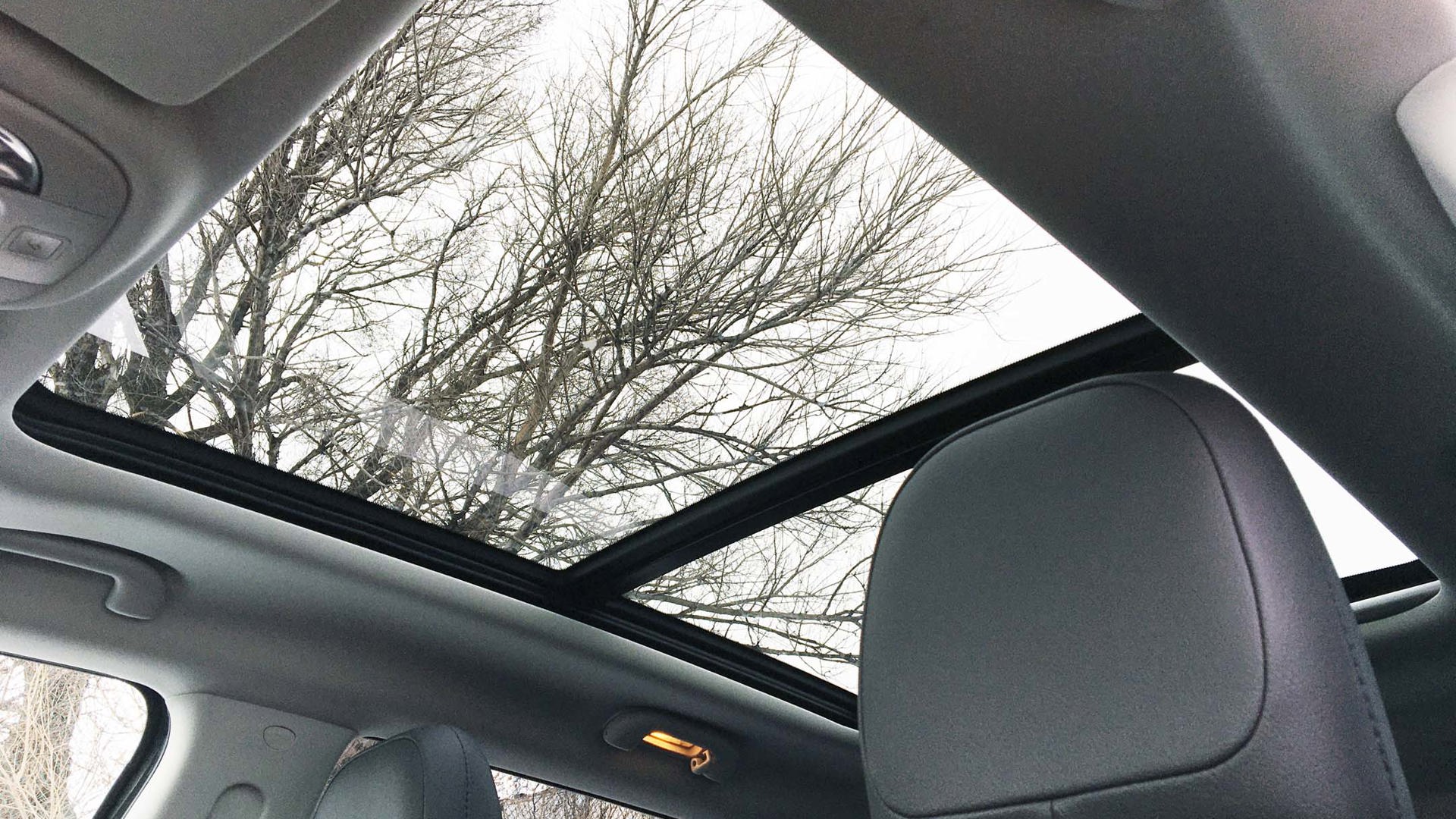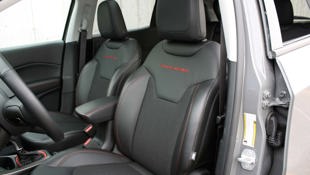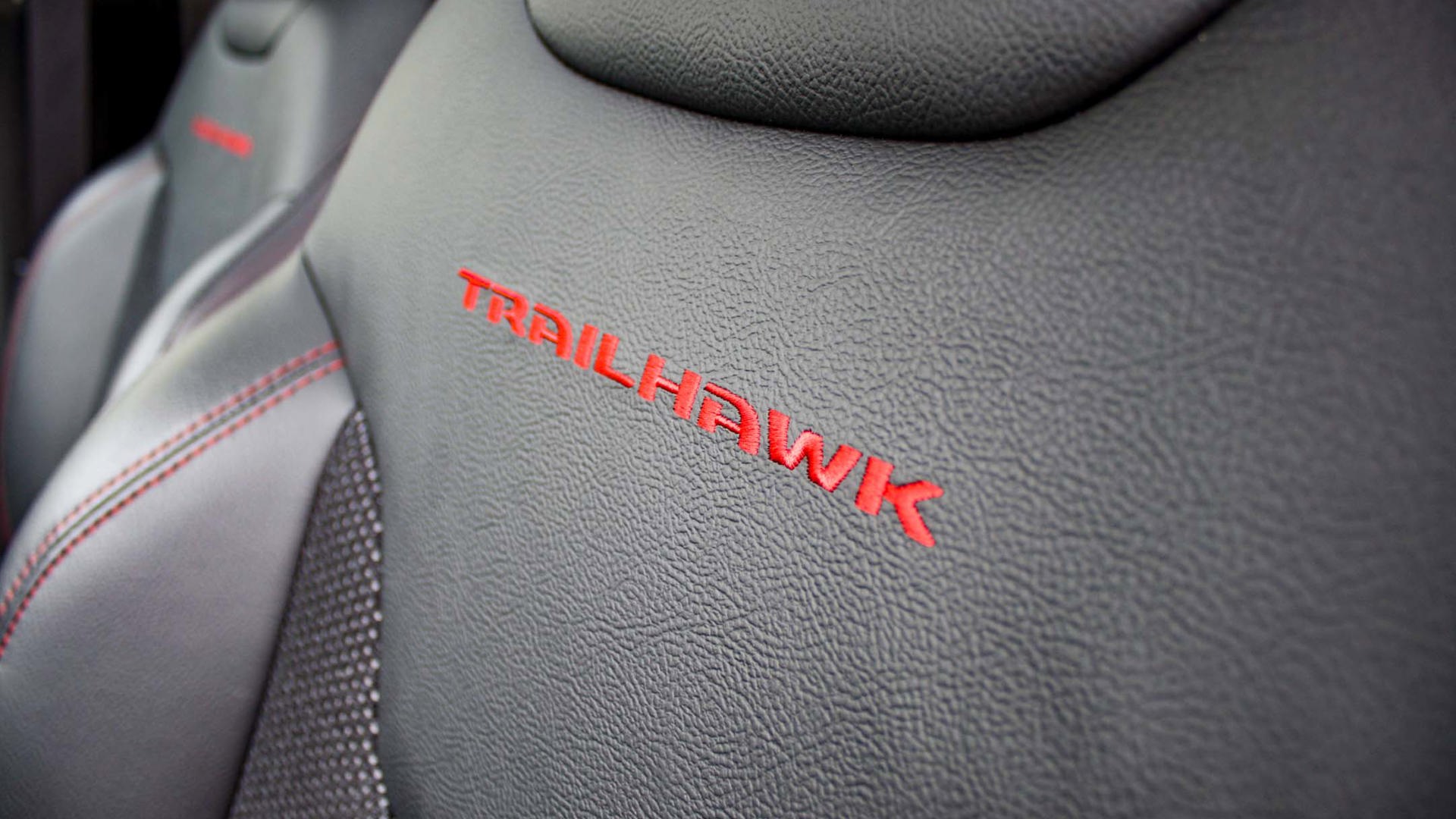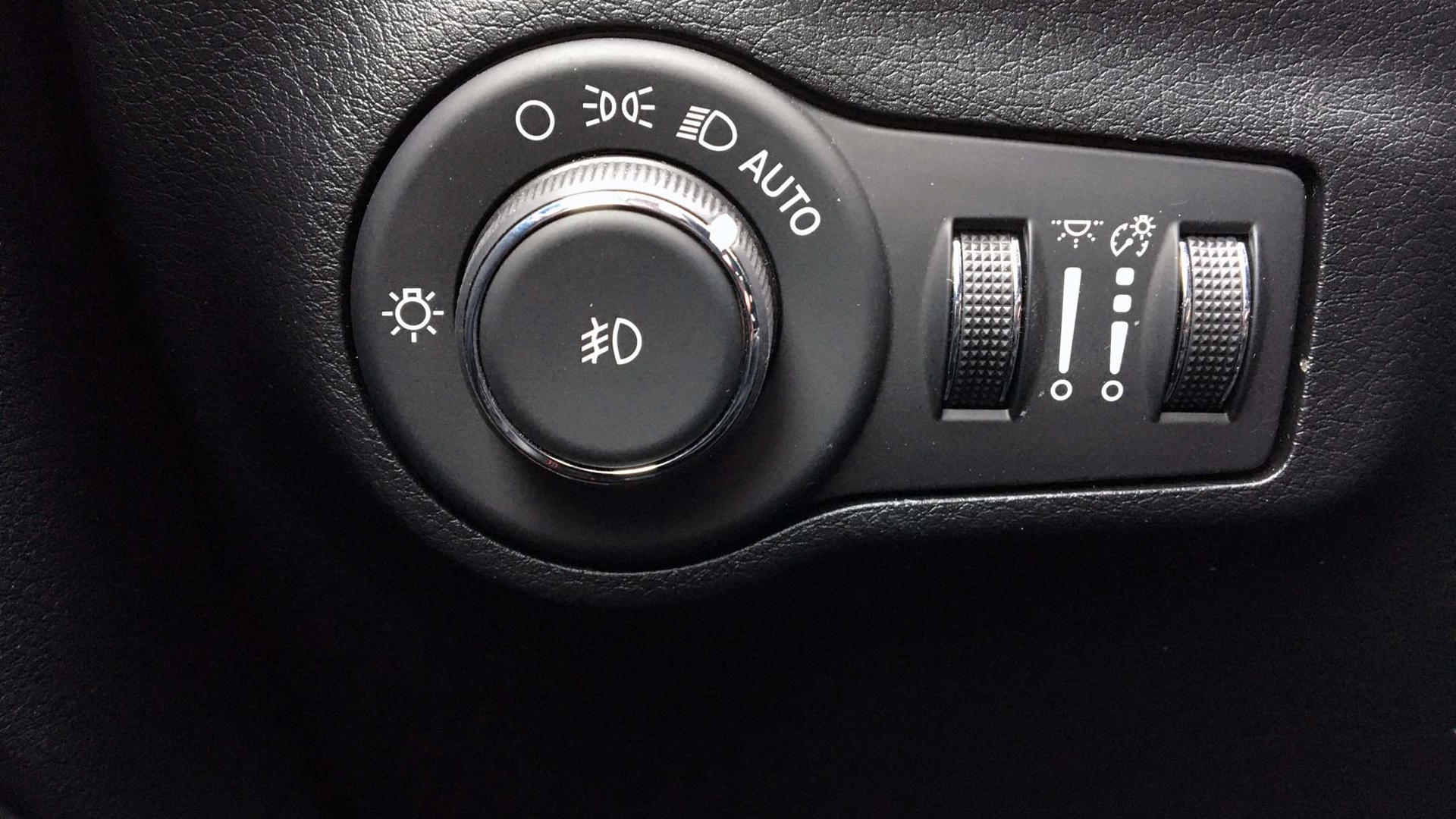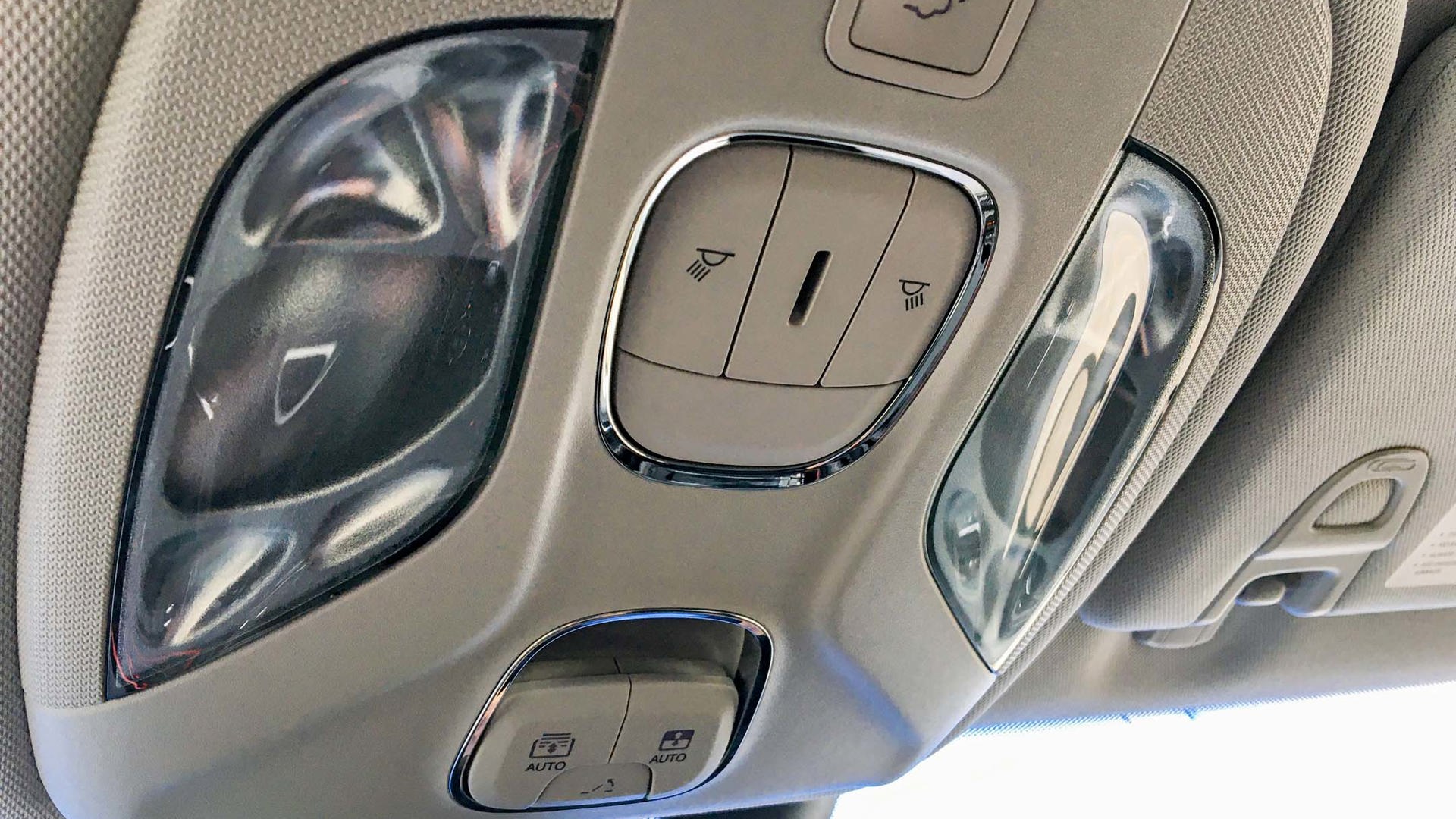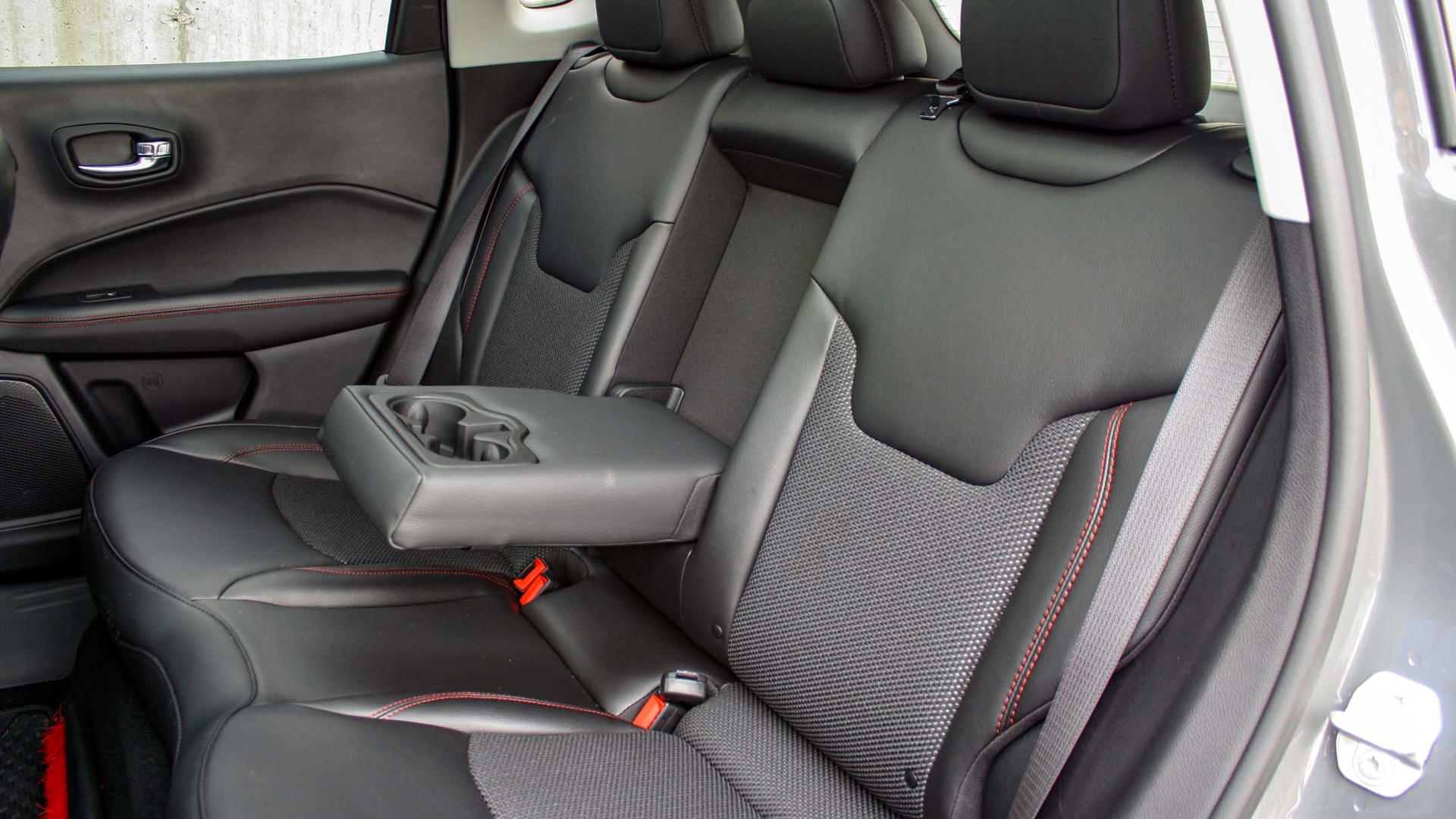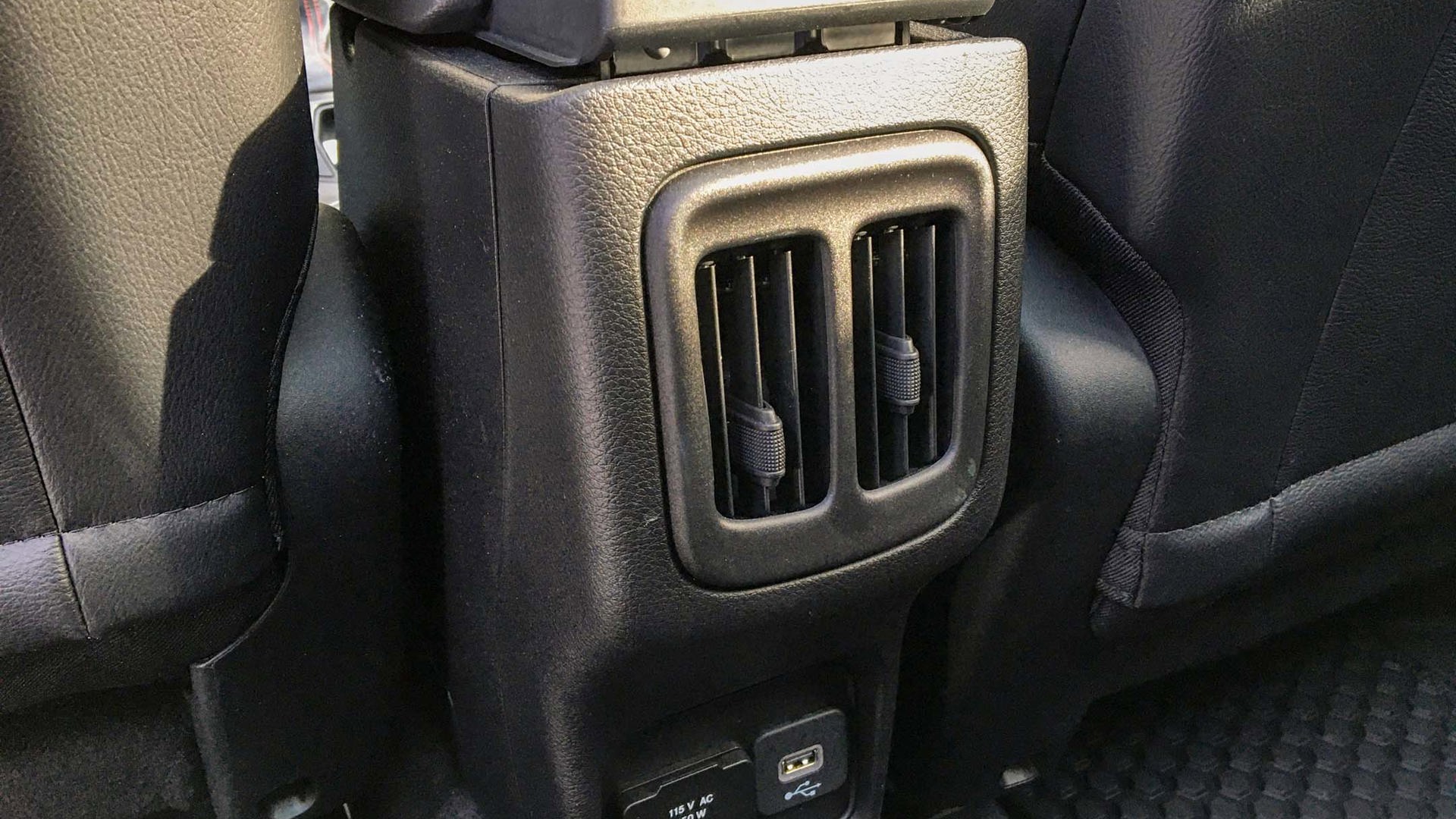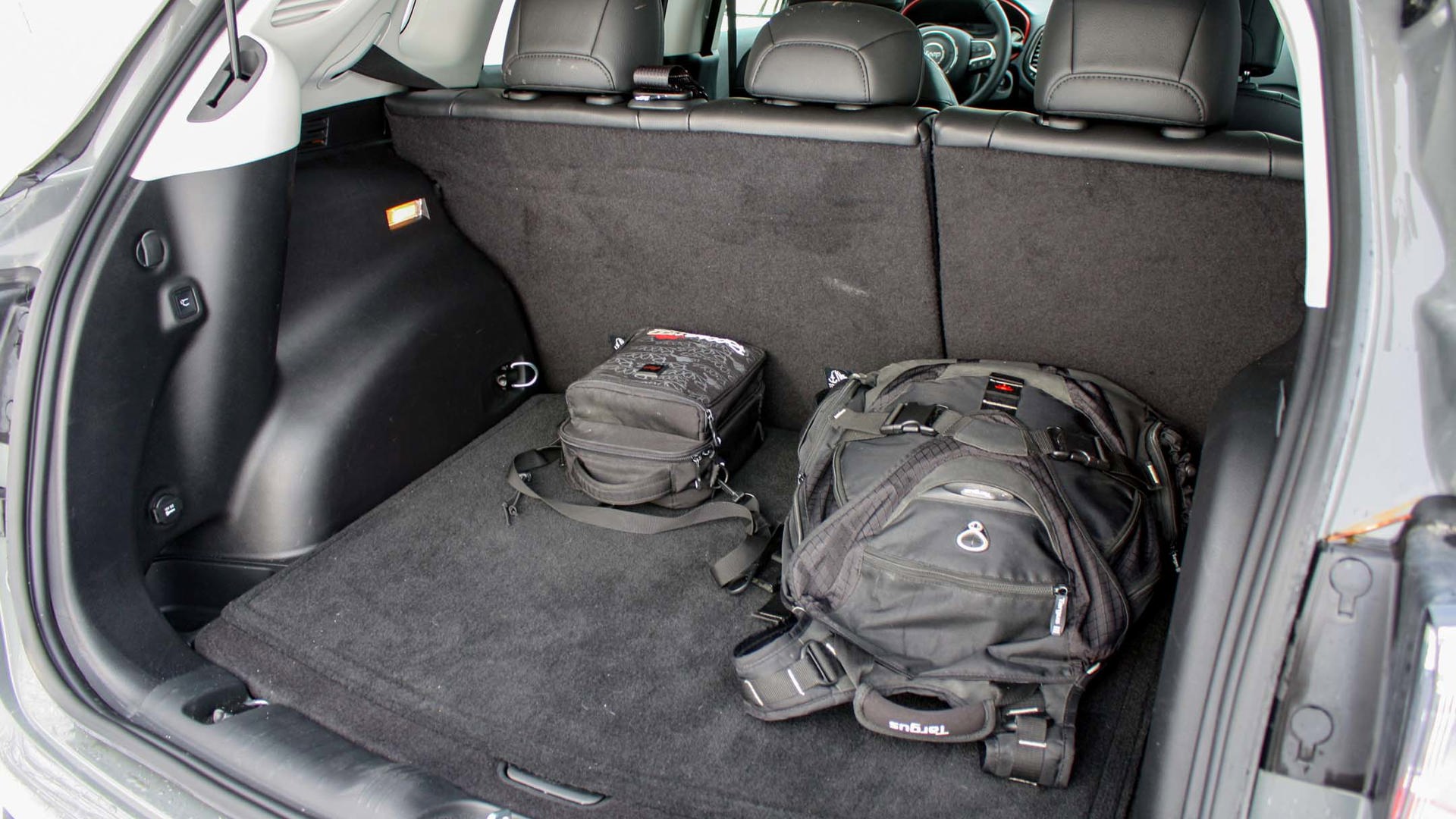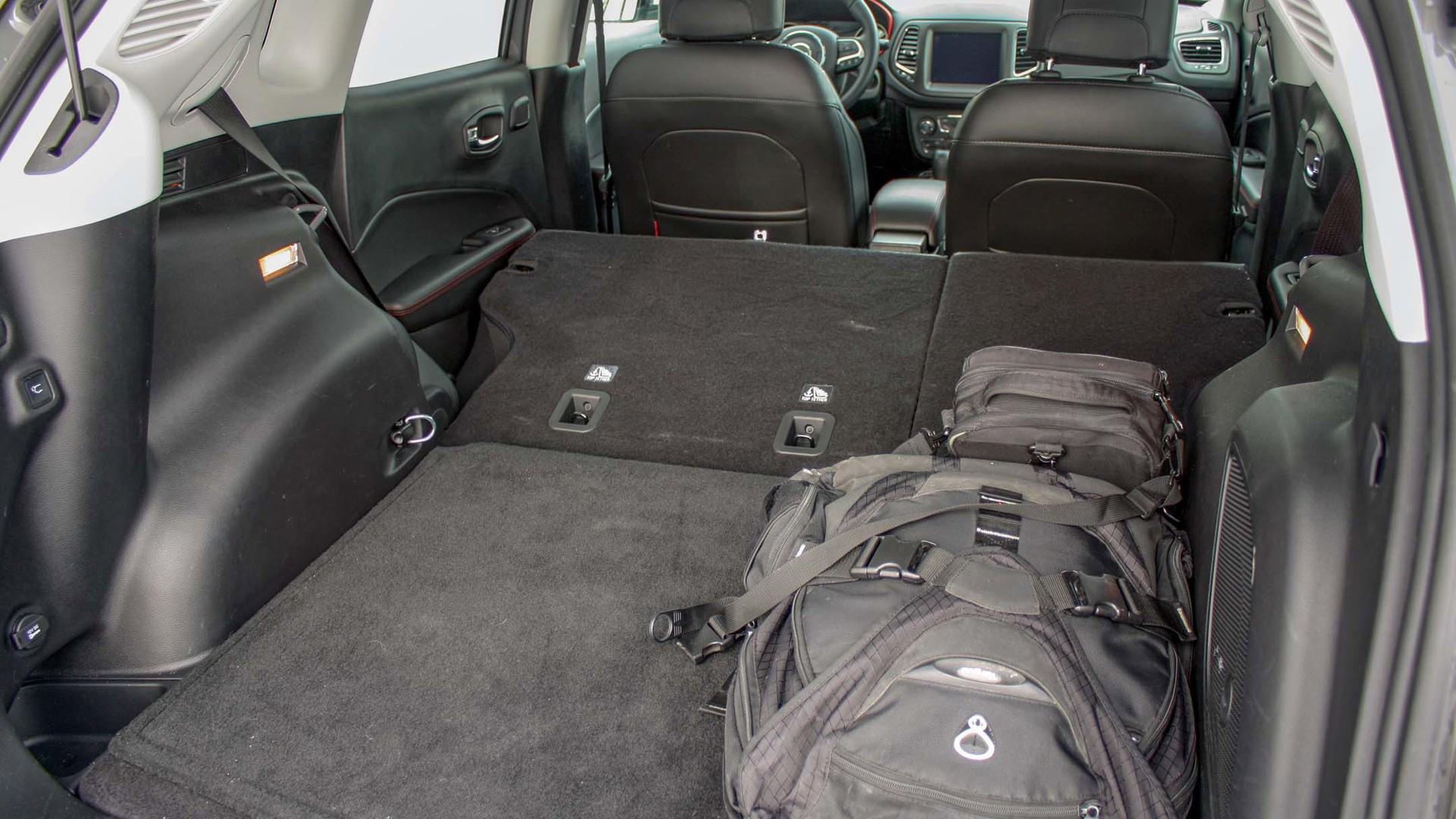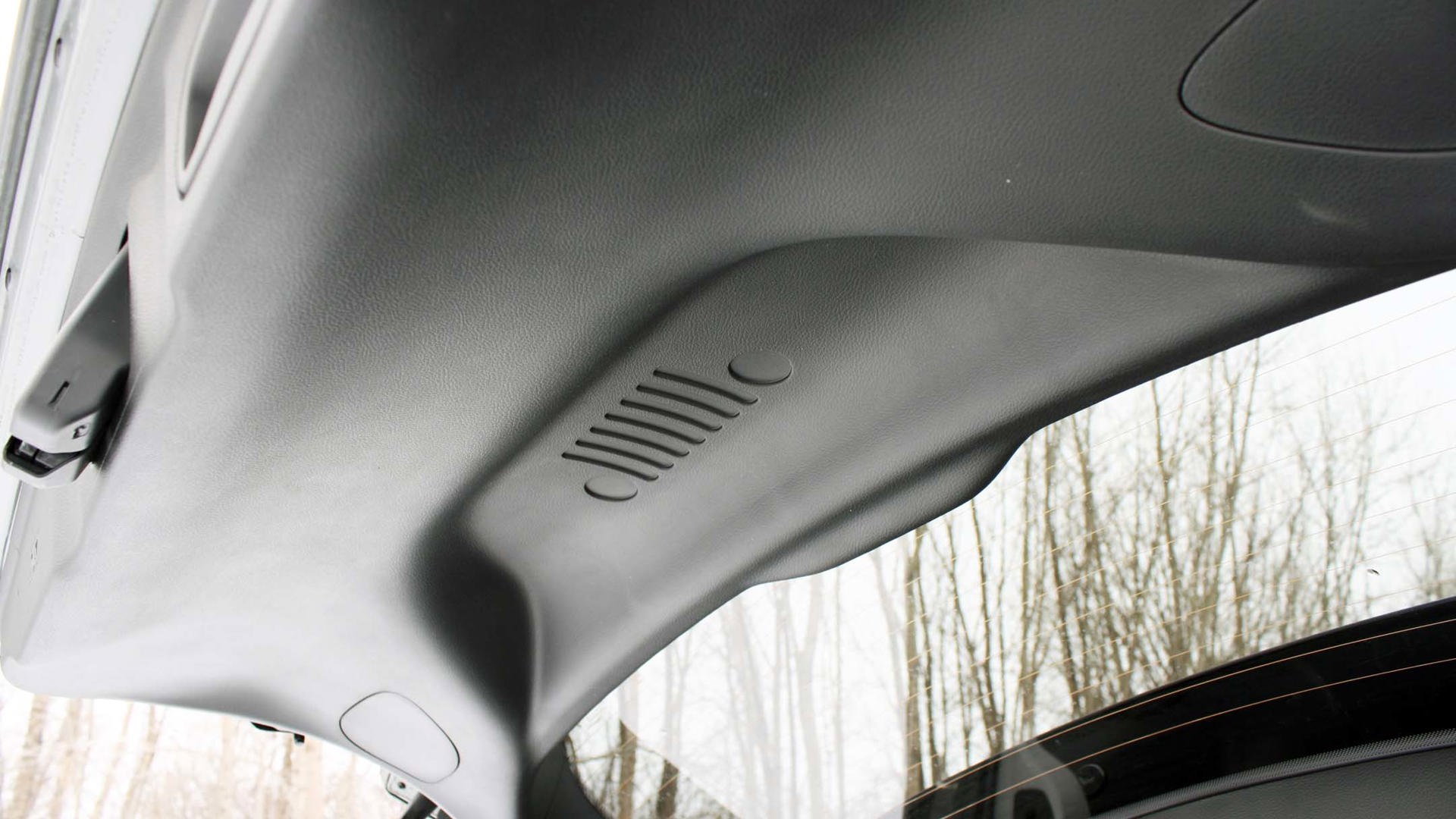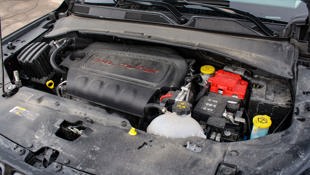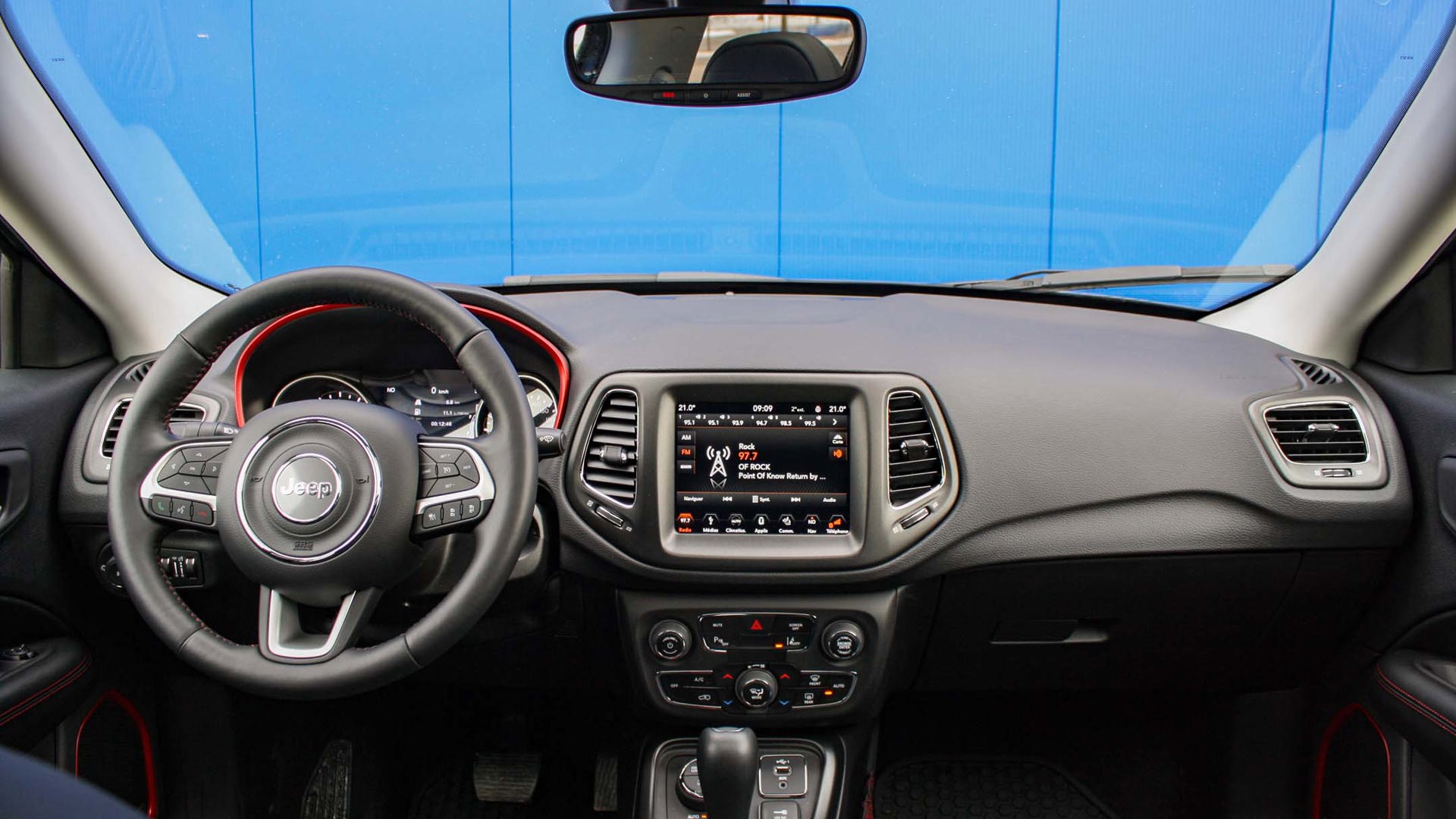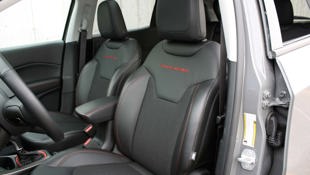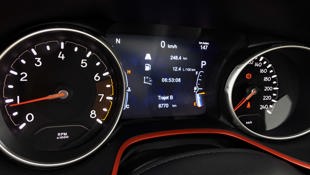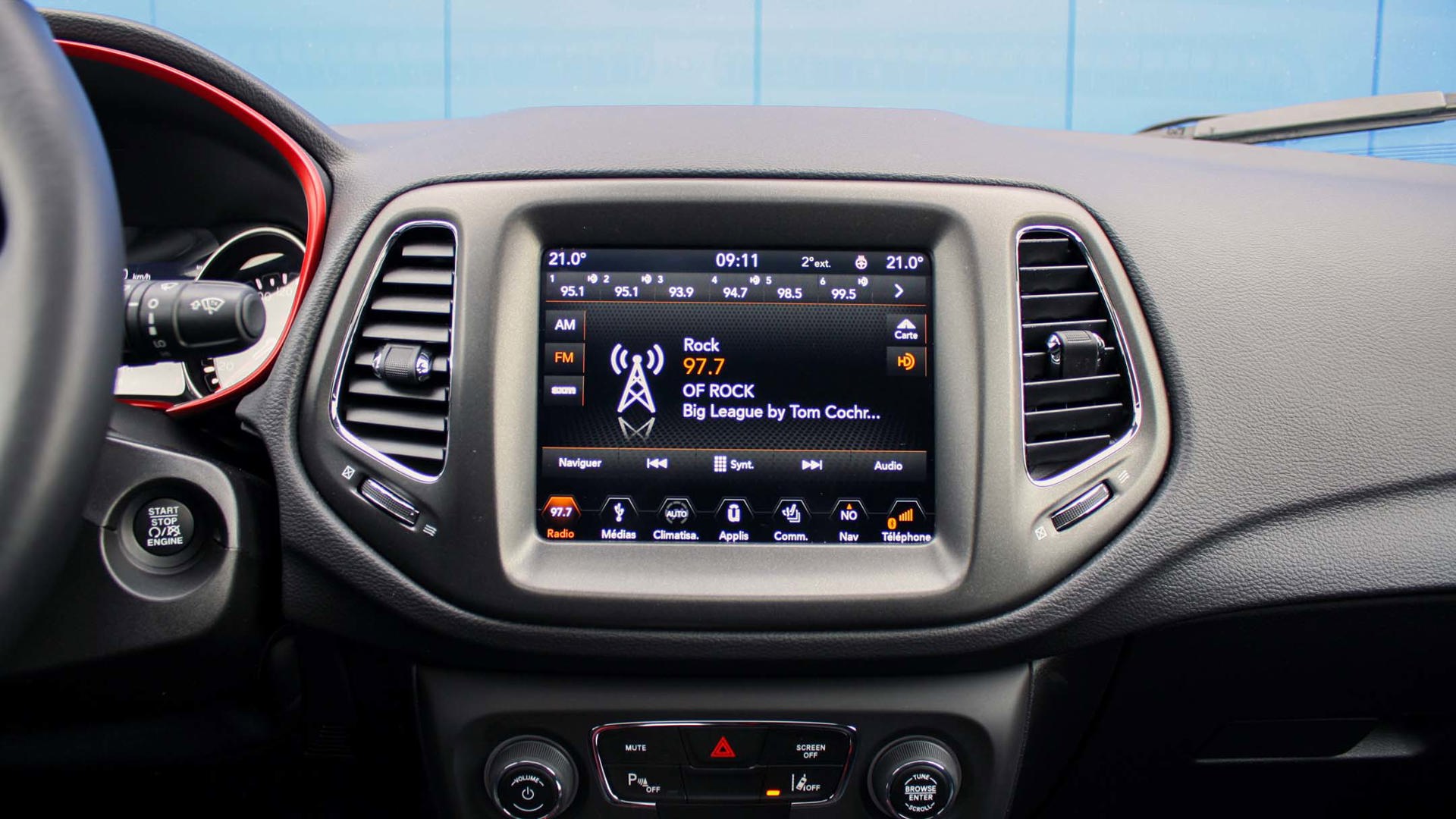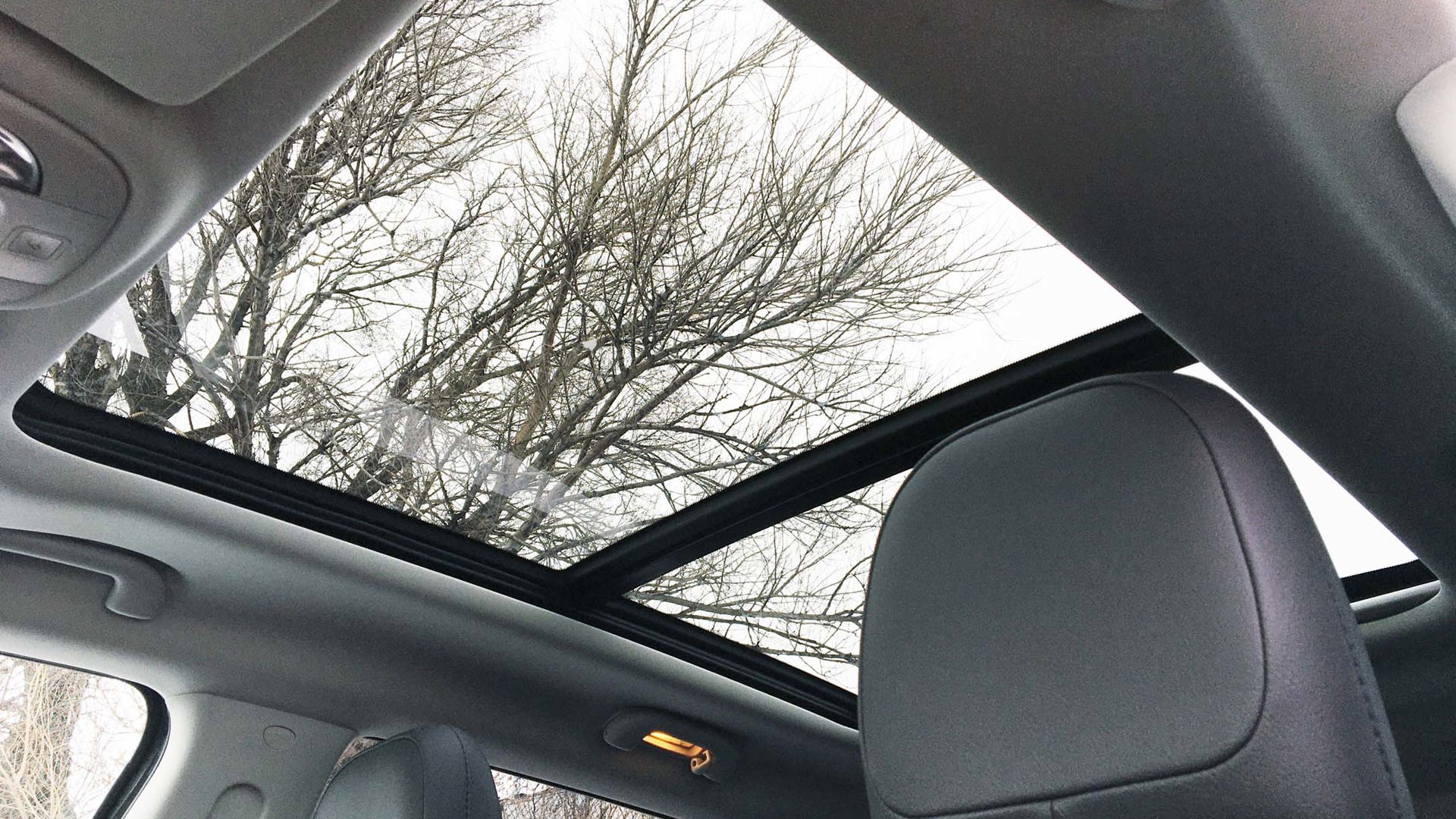Vehicle Type
Compact crossover
History/Description
The Jeep Compass is a small crossover that entered its second generation in 2017. With a brand reputation for adventure-ready capability behind it, the Compass offers a nice blend of feature content and pricing with enough selection to suit a wide range of needs.
In lower trim grades, the Compass gives shoppers an option as a winter-ready four-wheel-drive crossover for similar money to an economy car. In higher trim grades, this generation of Compass could be equipped with most modern must-haves relating to safety features, connectivity, and upscale feature touches.
Shoppers can expect to find one of the segment’s best infotainment touchscreen interfaces, good on-road manners, and among the best off-road manners in its competitive set.
With a full complement of available off-road hardware and feature upgrades (more, if you opt for the high-capability Trailhawk model), the Compass moves over pavement as well as most of its competition, while delivering superior off-road performance over the sort of terrain that might damage a Chevrolet Equinox or Honda CR-V.
Feature content includes automatic lights and climate control, premium audio systems, a power tailgate, climate-controlled leather seating, a sunroof, push-button start, a back-up camera, and more.
The Trailhawk designation nets owners a bevy of upgrades intended for top-line prowess on the road less travelled, with skid plates, a lifted suspension, recovery hooks, aggressive tires, and unique high-clearance bumpers. There’s also a 20:1 crawl ratio for the transfer case, and an exclusive setting for the terrain management system.
Engines
Under the Compass’s hood, look for a 2.4L four-cylinder engine that generates 180 hp. The engine could be paired with manual or automatic transmission options, and with two- or four-wheel drive, depending on trim choice.
What Owners Like
In addition to its size, stance, and proportions, the Compass has attracted many owners with its promise of superior all-weather and off-road capability. Solid on-road characteristics round out the package, and the tech inside is all fairly easy to use and learn.
What Owners Dislike
Some owners wish for a more upscale look and feel to certain parts of the interior, and others wish for a higher-quality and wider-angle image from the back-up camera system.
Finally, check the Compass’s onboard storage provisions carefully to make sure there’s sufficient room for all the smaller items you like to keep nearby when driving. Some owners wish for more nearby storage, and a covered centre console bin.
Pro Tip: Stay up to Date
This generation of Jeep Compass is relatively new and fresh, and finding a used copy with plenty of remaining warranty remaining shouldn’t be an issue. Still, some owners have reported a range of frustrating bugs, typically electronic in nature, and perhaps more commonly on earlier production units. Most have not.
To reduce your risk of headaches caused by items like bad touchscreen and radio interfaces, non-responsive camera feeds, and open recall work, shoppers can contact a dealer service advisor to see if any software updates or recall work is outstanding as a first step after purchasing the vehicle in a private-sale setting.
A used Compass sold as part of a certified pre-owned (CPO) program in a dealer setting has likely had these updates applied automatically as part of its certification – though be sure to double-check. Running a second-hand Compass with all software and recall work up to date is a great way to help kick off your ownership experience.
The Test Drive
Engine Oil Level
Some owners have reported issues with engine oil consumption from the engine used in the Jeep Compass, which it shares with a few other vehicles – but most have not. Check the Compass’s oil level after your test drive, about five minutes after the fully warmed engine has been turned off. Further instructions are in the owner’s manual.
If the oil level is low, proceed cautiously. If it’s not, religious monitoring of oil levels on a weekly basis is strongly advised, especially if the vehicle is still covered by any remaining warranty. At any sign of a drastic drop in oil level, be sure to have the vehicle checked by a dealer technician as soon as possible, and document the results.
For best results, have the oil changed exclusively in a dealership setting using only factory-approved oil and filters, and get serious about checking your Compass’s oil level on a weekly basis.
Highway Rumble
Some owners report a rumble or vibration that appears as they drive their Compass at or near highway speeds, perhaps 70 to 100 km/h. Be sure to spend some portion of your test drive in that range, after quieting the cabin and being on the lookout for any unwelcome sensations.
If you notice any, numerous culprits may be to blame – from a simple out-of-balance wheel to an axle or driveshaft problem. Have the vehicle assessed professionally before you buy, to avoid potential surprises.
Note that in some situations, frustrating driveline rumbles like this can be fixed via the same sort of software updates we covered in our Pro Tip.
All Electronics
The owners community mentions a variety of sporadic electronic issues with relatively low frequency. Still, test-drivers should attempt to operate every and any part of the vehicle that runs on electricity on their test drive, ideally more than once.
In a second-hand Compass, focus special attention on door locks, windows, the sunroof, the power tailgate, and the central infotainment screen. If anything isn’t working as intended, you’ll want to know about it before you buy.
High-End Safety Tech
A variety of high-end safety features were available or standard on the 2017 and later Jeep Compass, depending on the year and model selected. On your test drive, be on the lookout for warning lights or error messages relating to these systems, which should only be serviced (as needed) by a professional.
Check Compass’s bumpers for signs of heavy damage, misalignment, or signs of a poorly executed collision repair. Check the windshield for signs of damage, too.
Some of Compass’s safety systems rely on precise alignment of sensors within the bumpers, or of a camera behind the windshield. In some situations, excessive damage to either bumper or windshield can cause safety systems to malfunction.
Avoiding a used Compass with damage to these areas can help prevent headaches.
The Verdict
Compass is enjoyed primarily for its capability, looks, and drive. Some owners have reported issues, including a fairly significant one relating to engine oil consumption. Most have not.
Protect yourself from potential surprises by ensuring the unit you buy has updated software, a solid service history, and that you’ll keep a very watchful eye on engine oil levels during ownership.
Safety Ratings
IIHS: Top Safety Pick (2017)
NHTSA: 4/5 STARS (2019)
Here’s a list of safety recalls.

